Lateral raises are a staple exercise for building strong, well-defined shoulders. However, not everyone has access to dumbbells or machines, or they may simply want to switch up their routine to avoid plateaus or overuse injuries. Fortunately, there are numerous lateral raise alternatives that can effectively target the lateral deltoids while offering variety and adaptability to your workout regimen. Whether you're looking for a cable lateral raise alternative, a machine lateral raise substitute, or even a bent-over lateral raise alternative, this guide covers the best options to keep your shoulder training fresh and effective.
Why Consider Alternatives to Lateral Raises?
While traditional lateral raises are excellent for isolating the lateral deltoids, they may not always be practical or suitable for everyone. Some individuals may experience shoulder discomfort, while others may lack access to specific equipment like dumbbells or machines. Additionally, incorporating alternatives to lateral raises can help:
-
Reduce repetitive strain on the shoulders.
-
Engage stabilizer muscles through different movement patterns.
-
Provide variety to prevent workout boredom.
-
Accommodate different fitness levels and equipment availability.
Top Lateral Raise Alternatives
Below, we’ve compiled a list of the best lateral raise substitutes to help you achieve strong, sculpted shoulders without relying solely on traditional lateral raises.
1. Cable Lateral Raise Alternative
-
Single Arm Cable Lateral Raise Alternative: Using a cable machine allows for constant tension throughout the movement, making it an excellent alternative for lateral raise. Adjust the pulley to waist height, stand sideways to the machine, and perform the lateral raise motion with one arm at a time.
-
Lying Cable Lateral Raise Alternative: Lie on your side and perform a lateral raise with a cable attachment. This variation reduces momentum and ensures strict form.
2. Machine Lateral Raise Alternative
-
Machine Side Lateral Alternative: Many gyms have shoulder machines that mimic the lateral raise motion. These machines provide stability and are a great machine lateral raise substitute for beginners or those recovering from injury.
-
Machine Lateral Raise Substitute: Adjust the machine to your height and perform the movement with controlled reps to target the lateral deltoids effectively.
3. Dumbbell Lateral Raise Alternative
-
DB Lateral Raise Alternative: If you don’t have dumbbells, try using resistance bands or water bottles as a dumbbell lateral raise alternative. The key is to maintain proper form and focus on the mind-muscle connection.
-
Alternating Lateral Raise: Perform lateral raises one arm at a time to focus on each shoulder individually. This can help correct muscle imbalances.
4. Bent-Over Lateral Raise Alternative
-
This variation targets the rear deltoids and can be performed with dumbbells, cables, or resistance bands. Lean forward at the hips and raise your arms to the sides, keeping a slight bend in the elbows.
5. Resistance Band Lateral Raises
-
Resistance bands are a versatile and portable lateral raise replacement. Step on the band with both feet and perform lateral raises while maintaining tension on the band throughout the movement.
6. One Arm Cable Lateral Raise Alternative
-
Similar to the single-arm cable lateral raise, this variation allows you to focus on one side at a time, ensuring balanced muscle development.
7. Bodyweight Lateral Raise Alternatives
-
While challenging, bodyweight exercises like plank-to-side plank transitions can engage the shoulder muscles in a different way, serving as a creative substitute for lateral raises.
Benefits of Lateral Raise Alternatives
Incorporating alternatives to lateral raises into your workout routine offers several benefits:
-
Versatility: You can perform these exercises with minimal equipment, making them ideal for home workouts or gyms with limited resources.
-
Reduced Joint Stress: Some alternatives, like cable or machine variations, reduce strain on the shoulder joints compared to free weights.
-
Improved Muscle Activation: Different angles and equipment can activate the lateral deltoids in unique ways, promoting muscle growth and strength.
-
Adaptability: Whether you’re a beginner or advanced lifter, these alternatives can be modified to suit your fitness level.
How to Choose the Right Lateral Raise Substitute
When selecting a lateral raise replacement, consider the following factors:
-
Equipment Availability: Choose exercises based on the equipment you have access to, such as cables, machines, resistance bands, or even household items.
-
Fitness Level: Beginners may benefit from machine-based alternatives, while advanced lifters can explore more challenging variations like single-arm cable raises.
-
Injury History: If you have shoulder issues, opt for low-impact alternatives like resistance band lateral raises or machine-based movements.
-
Training Goals: If you’re aiming for muscle hypertrophy, focus on exercises that allow for progressive overload, such as cable or dumbbell variations.
Conclusion
While traditional lateral raises are effective, incorporating lateral raise alternatives into your routine can provide variety, reduce injury risk, and ensure consistent progress. Whether you prefer a cable lateral raise alternative, a machine lateral raise substitute, or a creative bent-over lateral raise alternative, there’s an option for every fitness level and equipment availability. Experiment with these substitutes to keep your shoulder workouts engaging and effective, and enjoy the benefits of stronger, more defined deltoids.

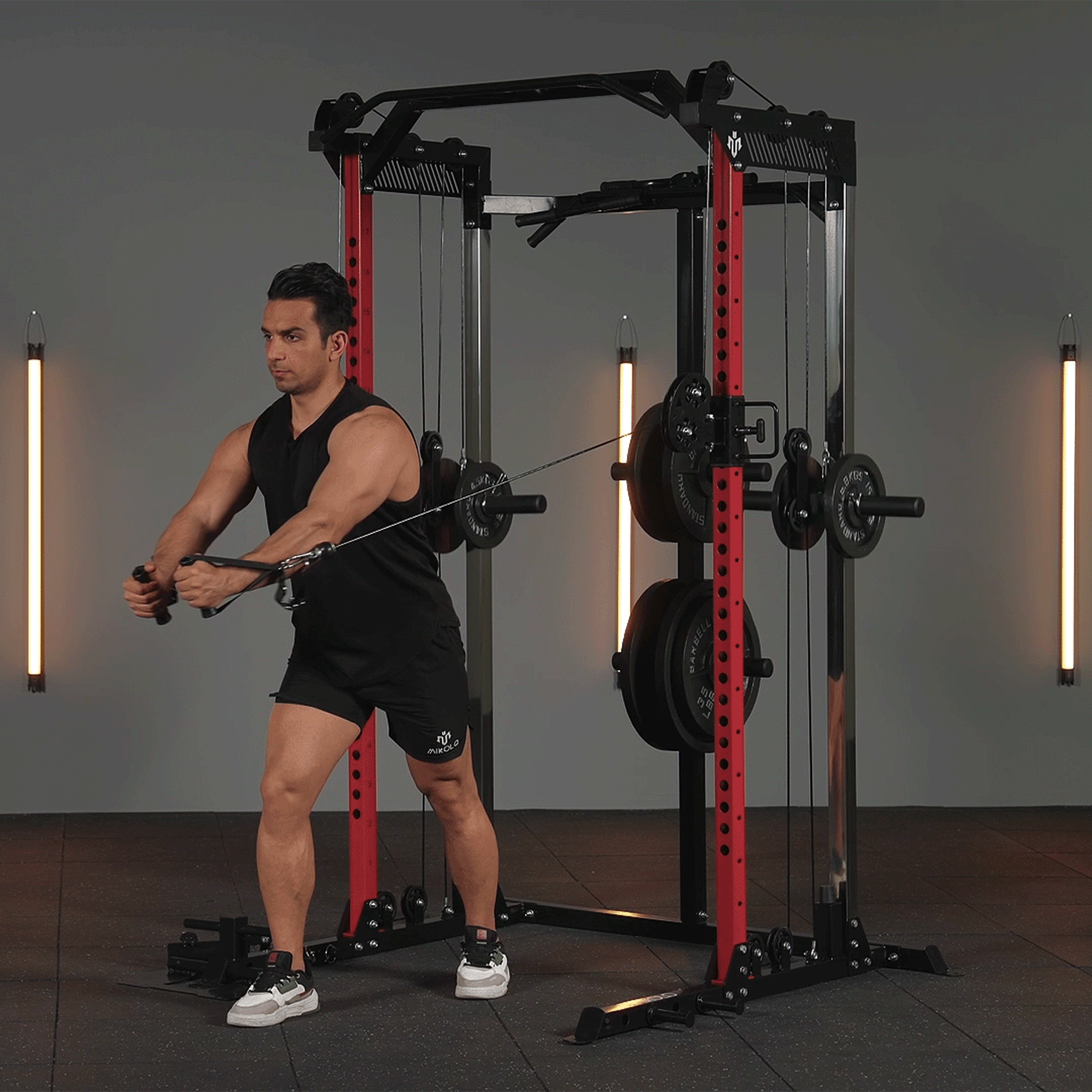
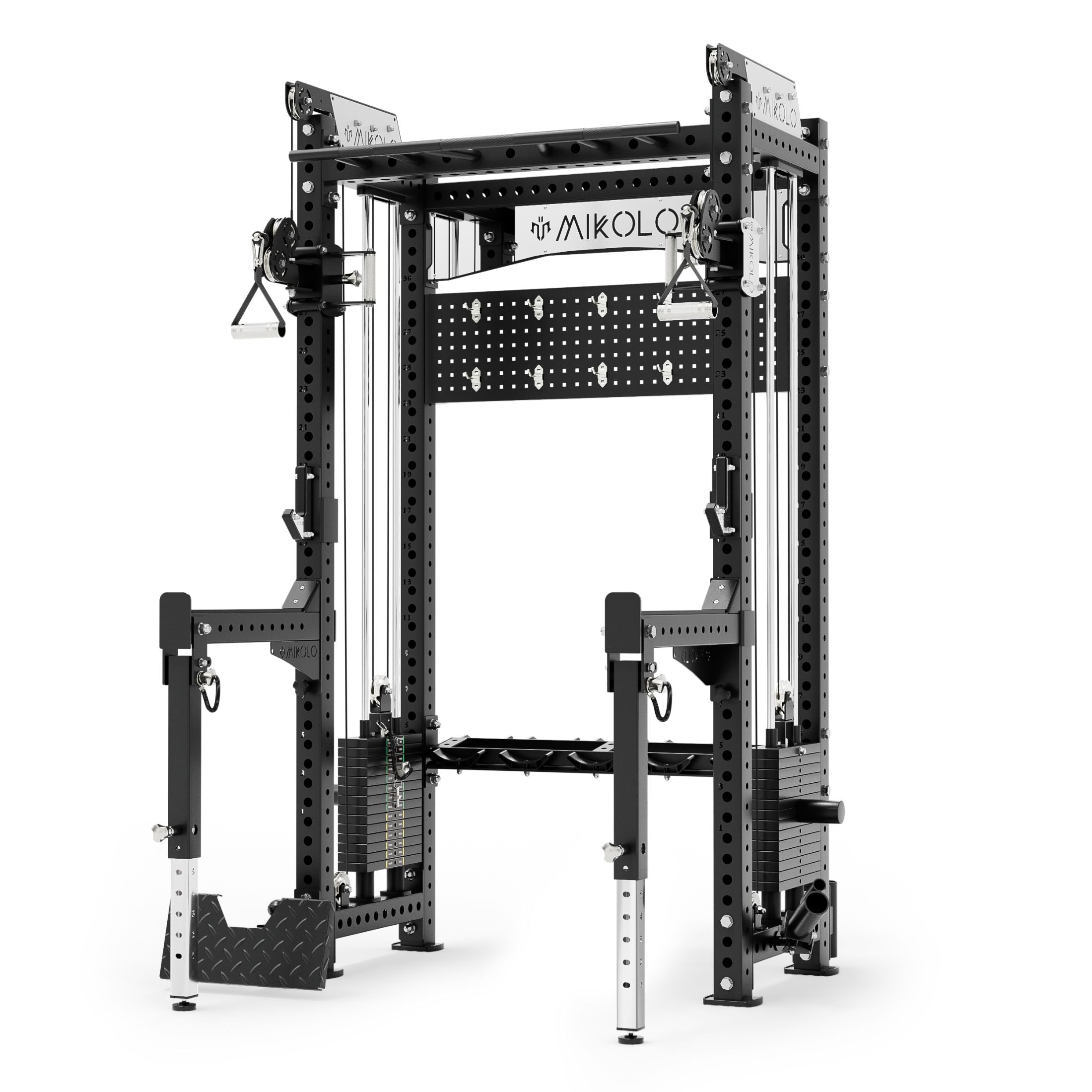
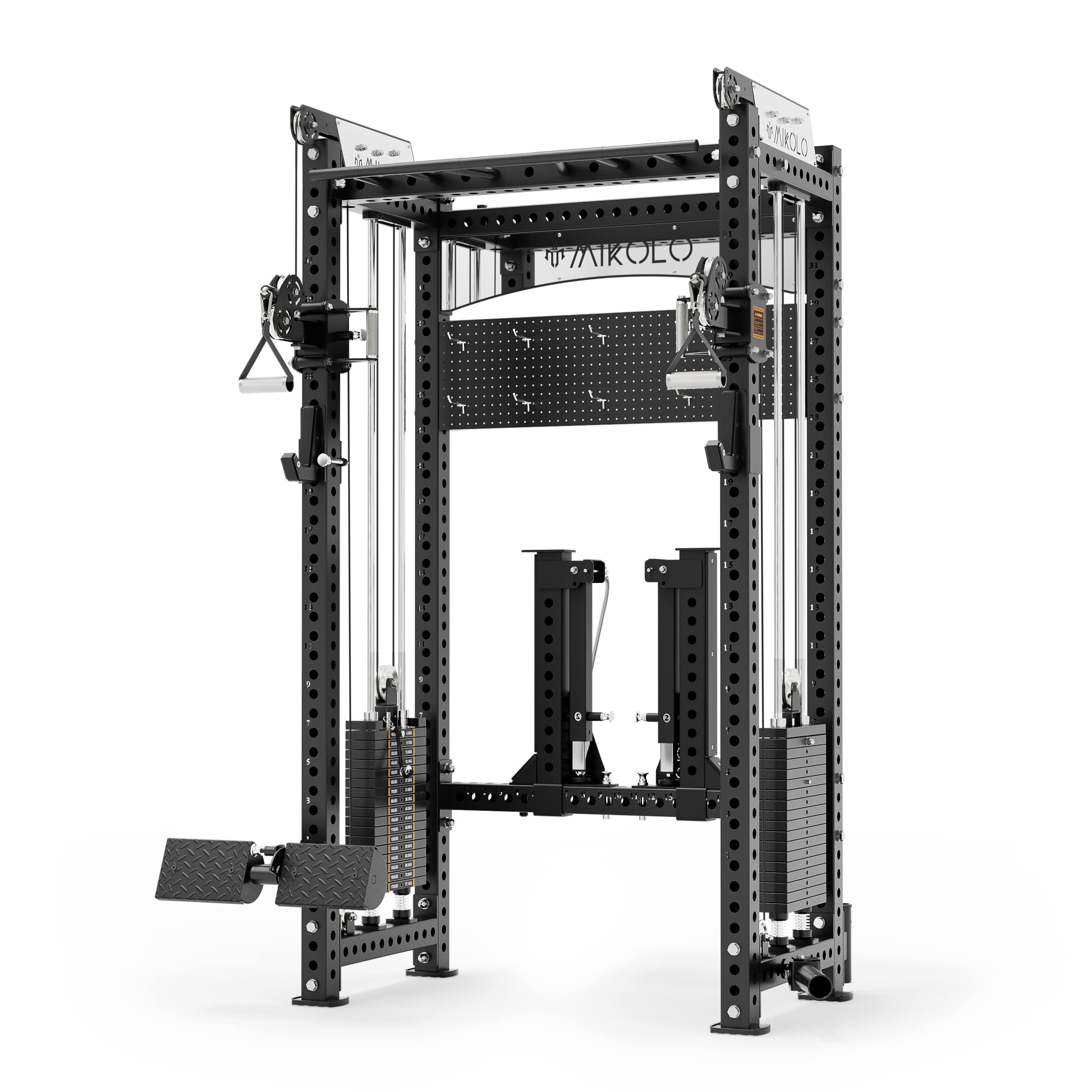
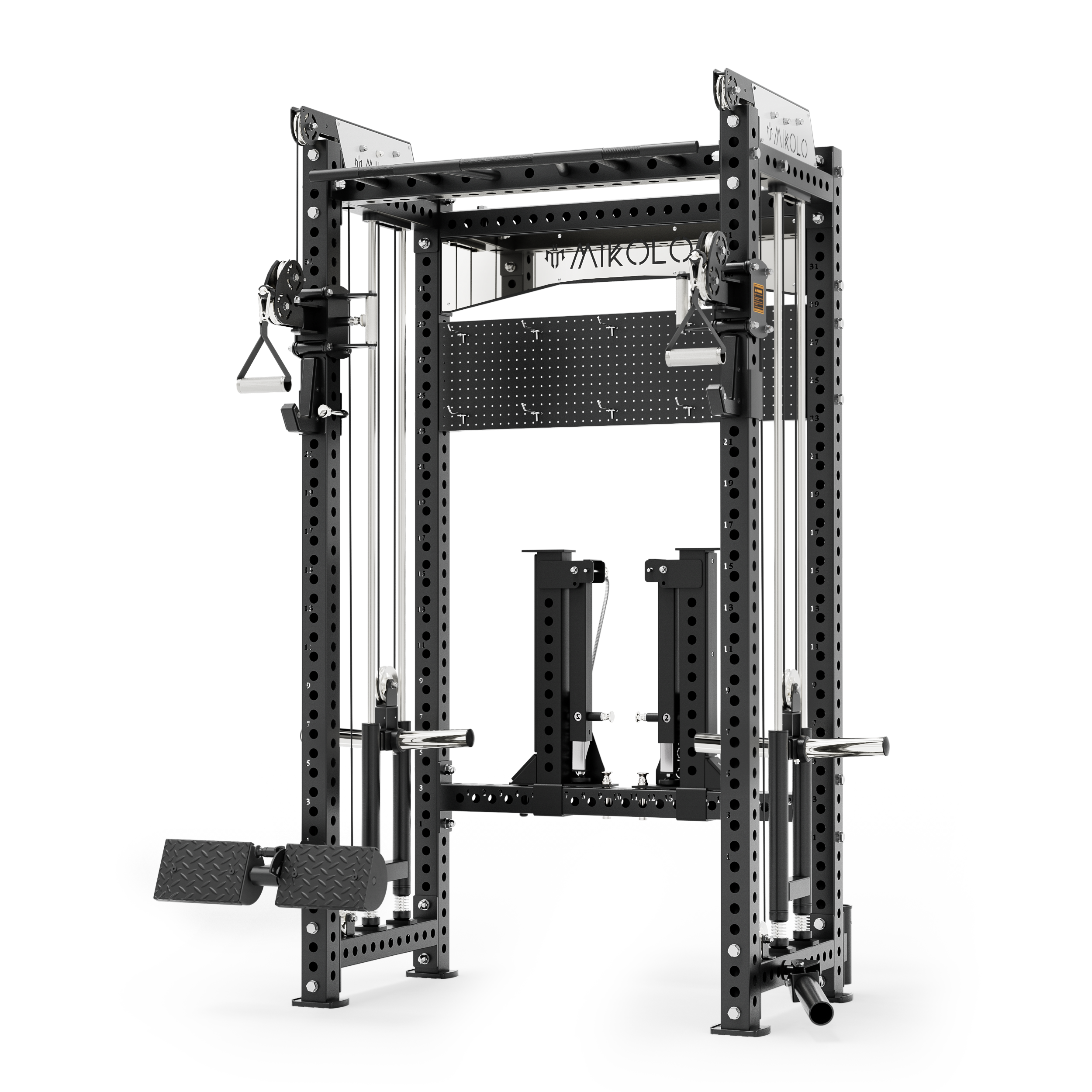
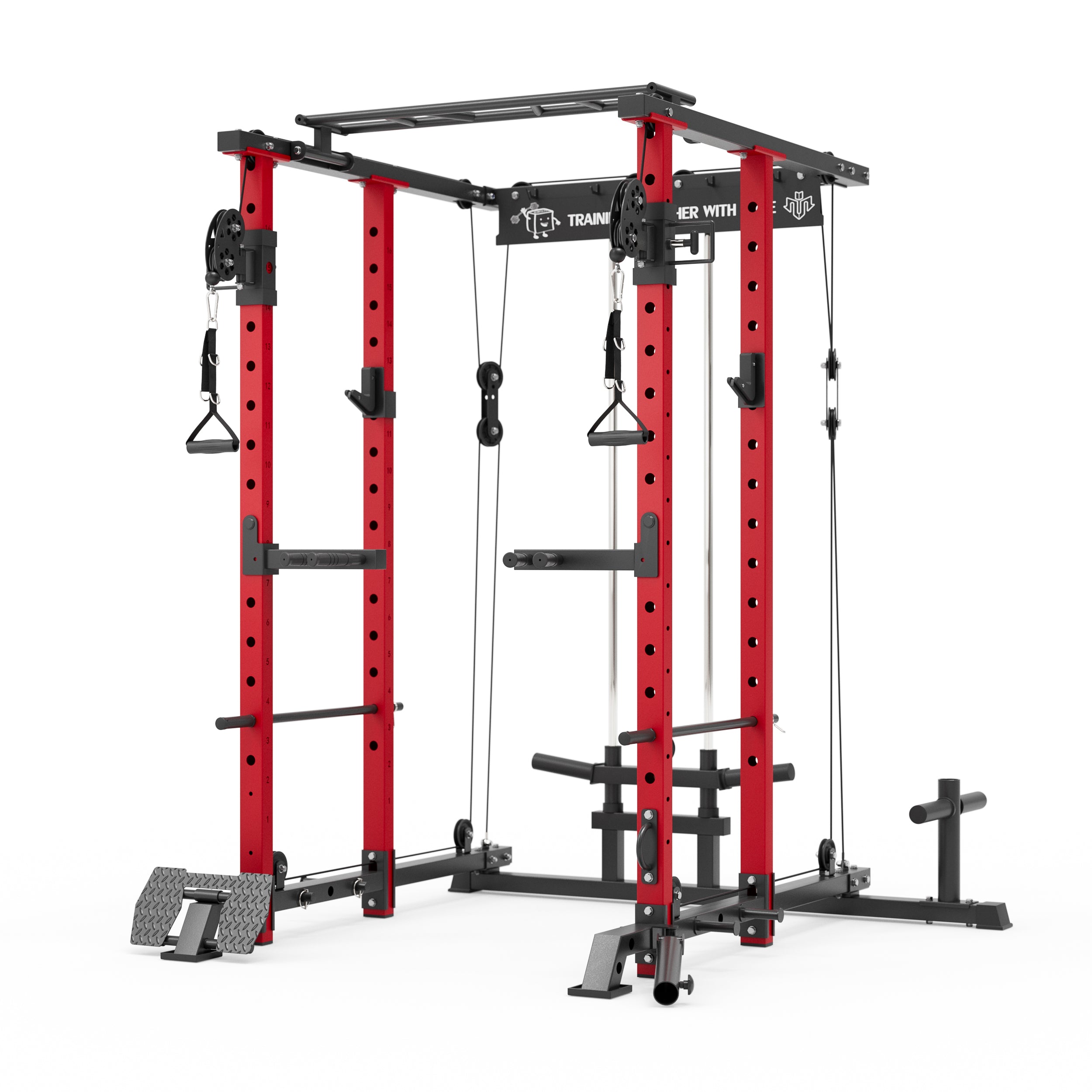
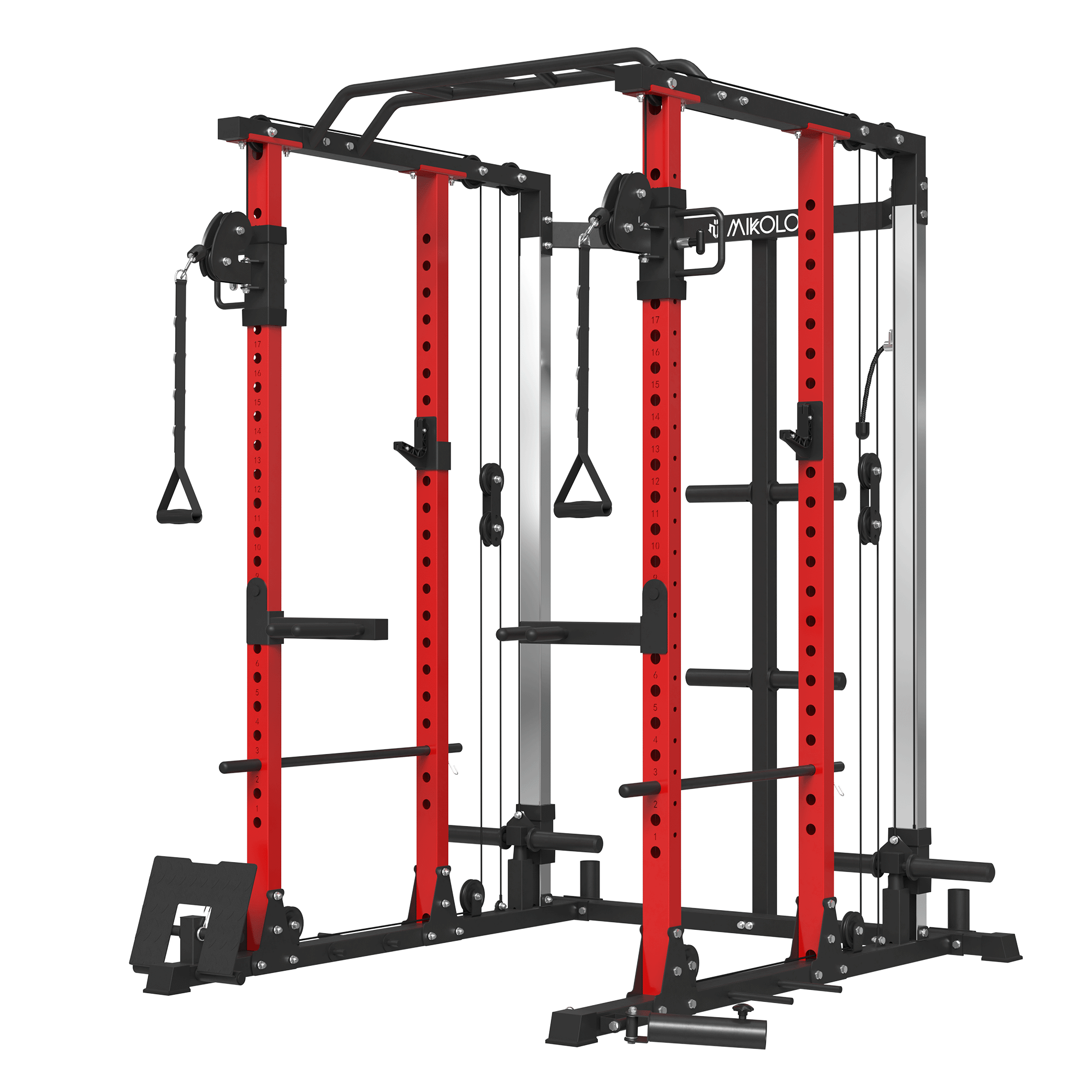
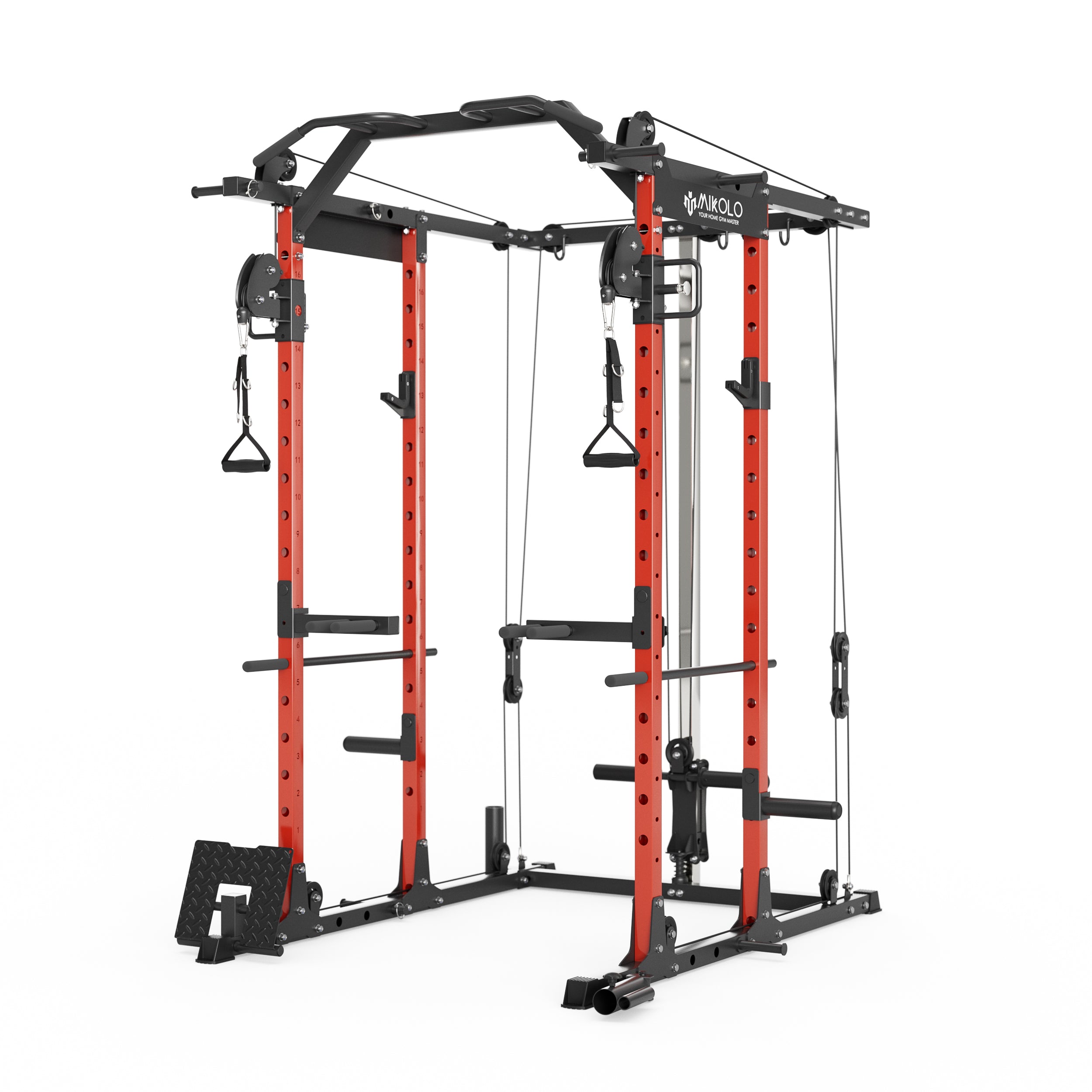
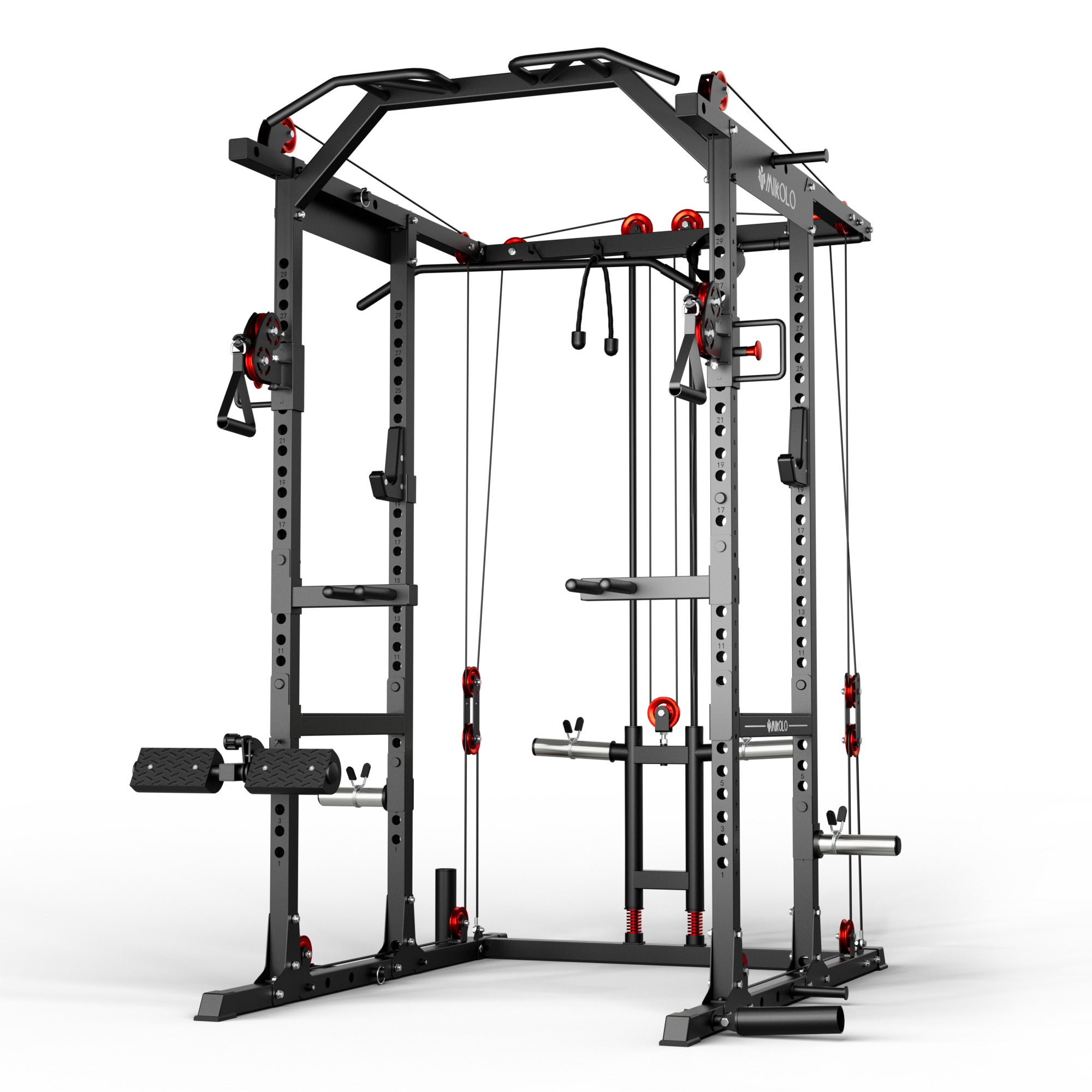
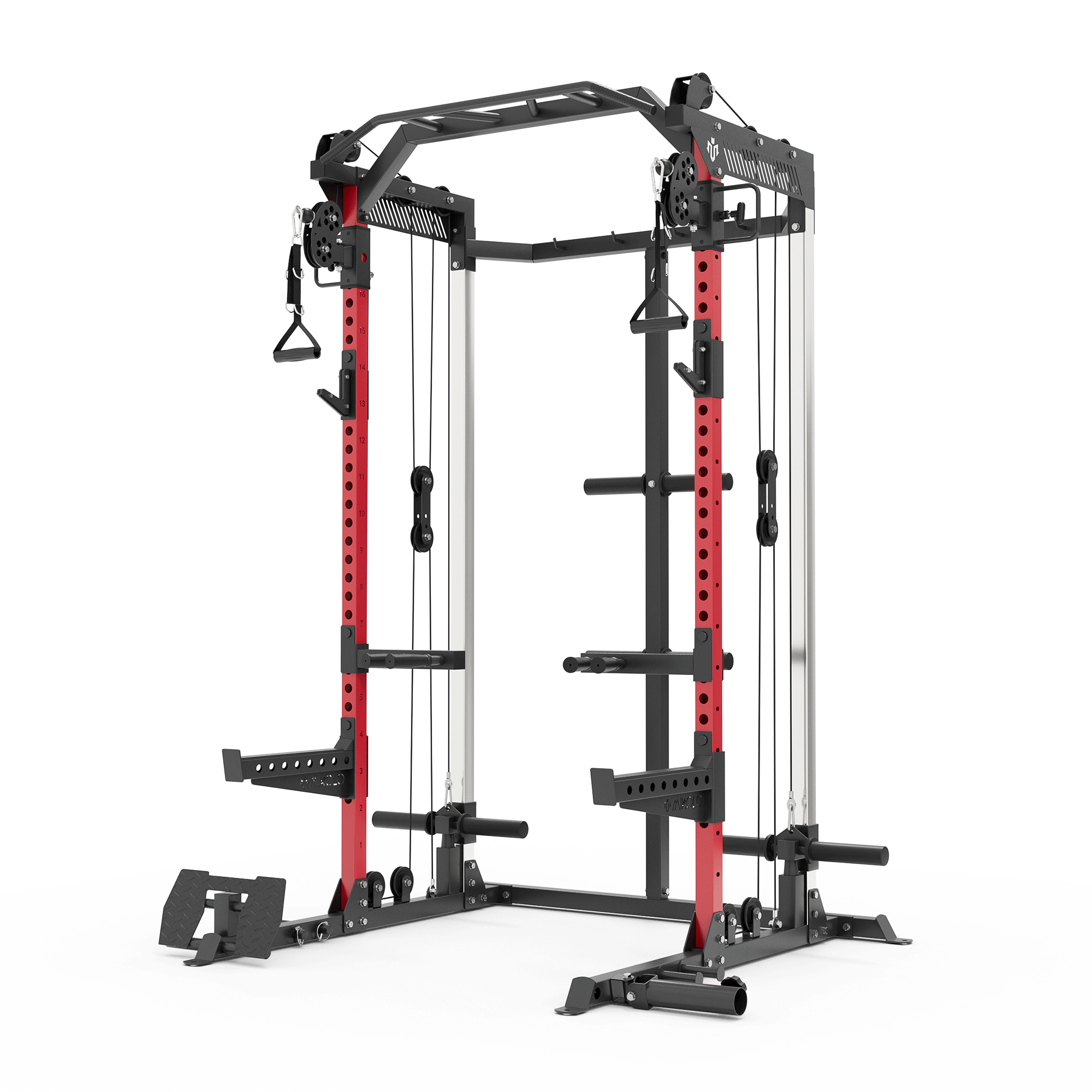
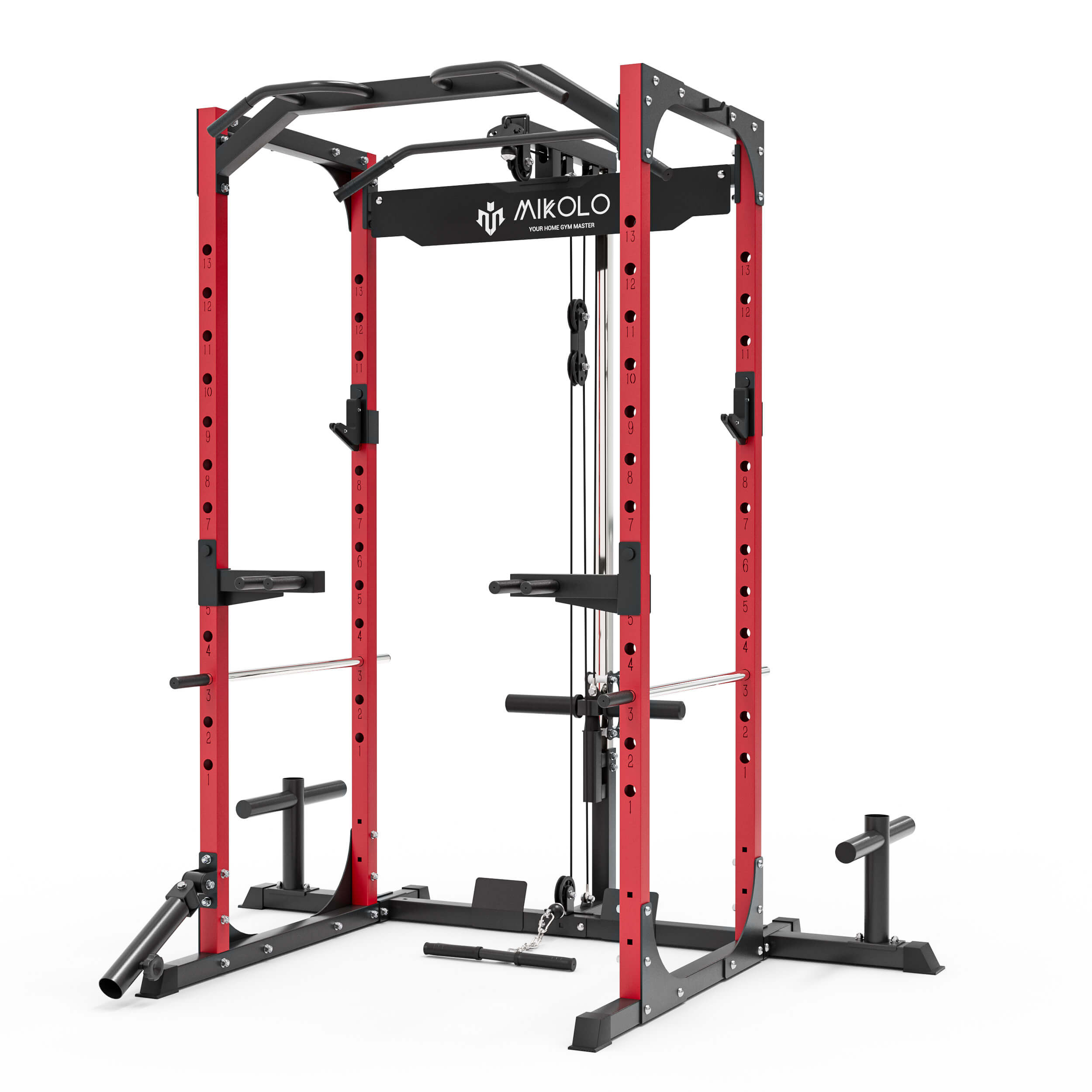
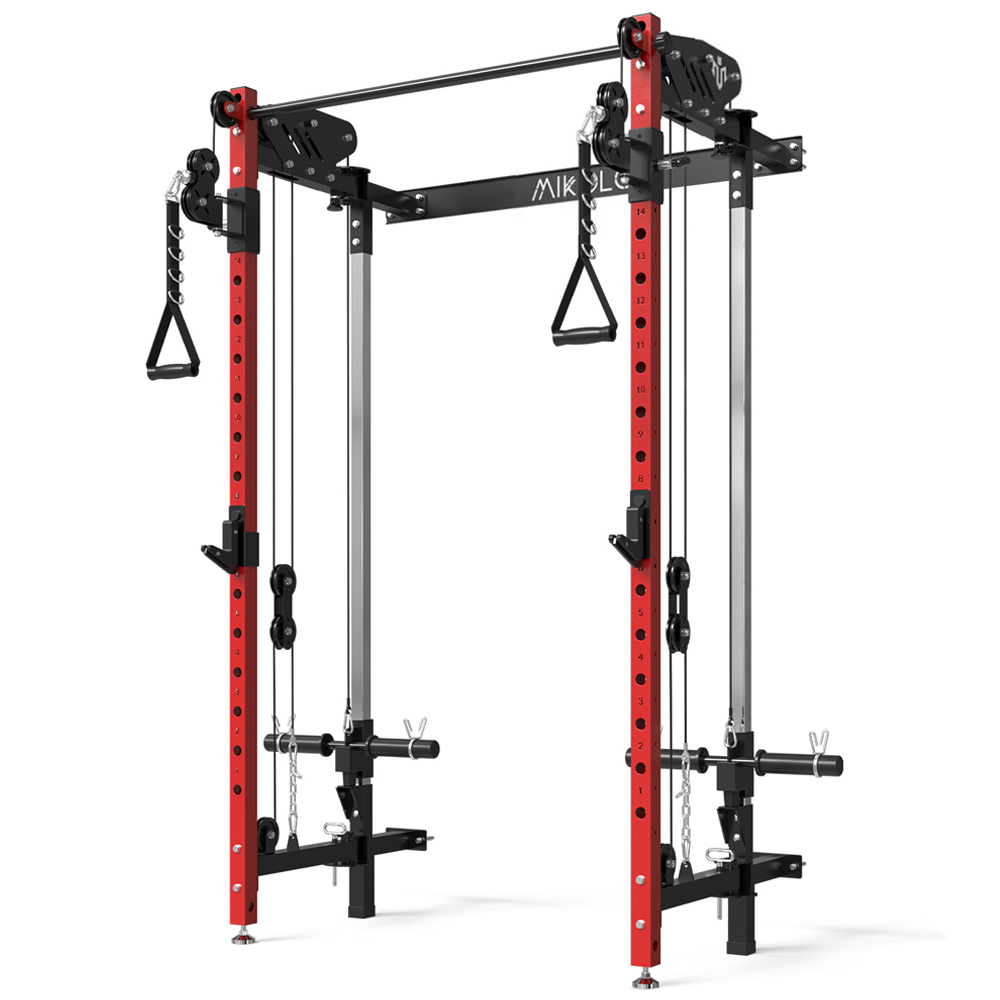
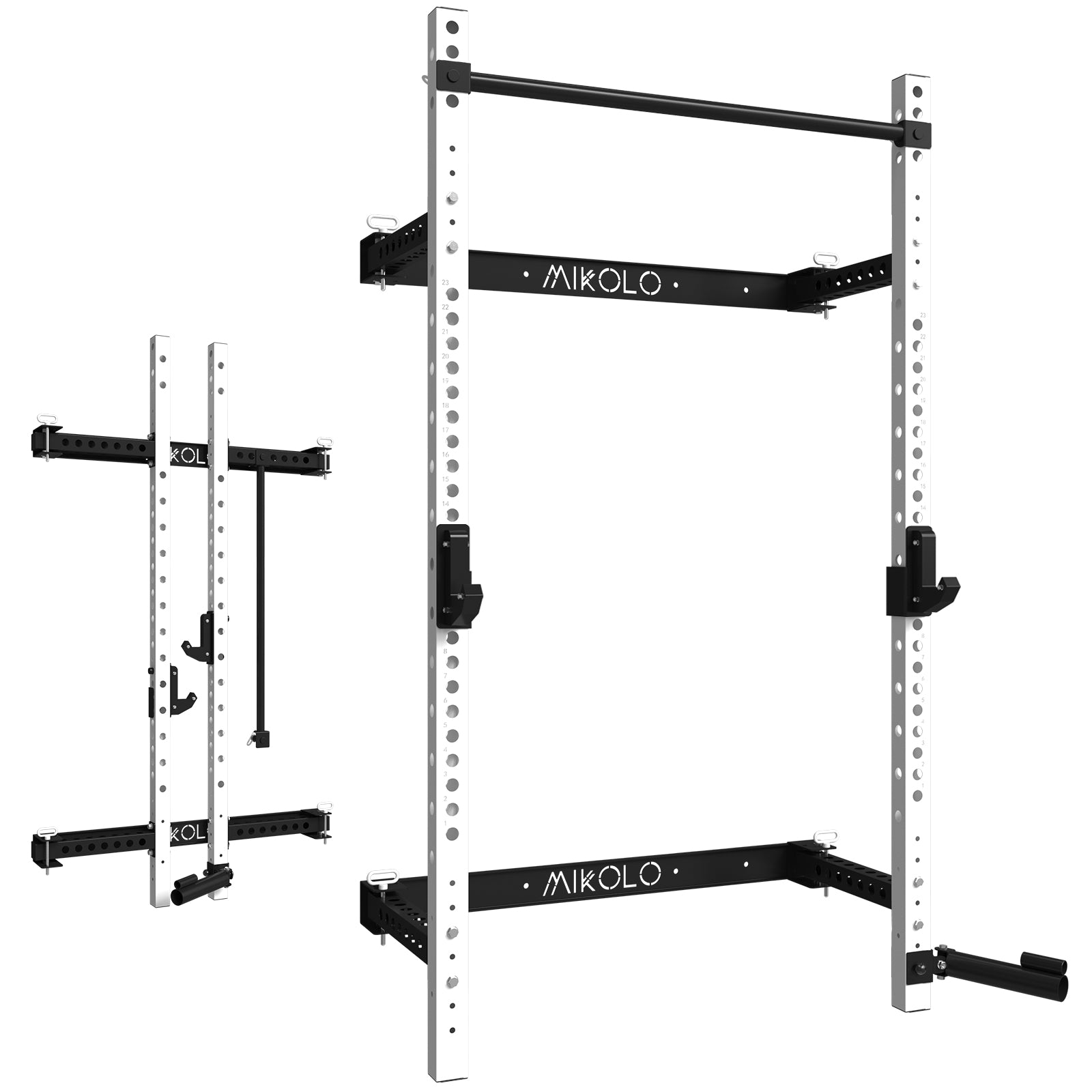
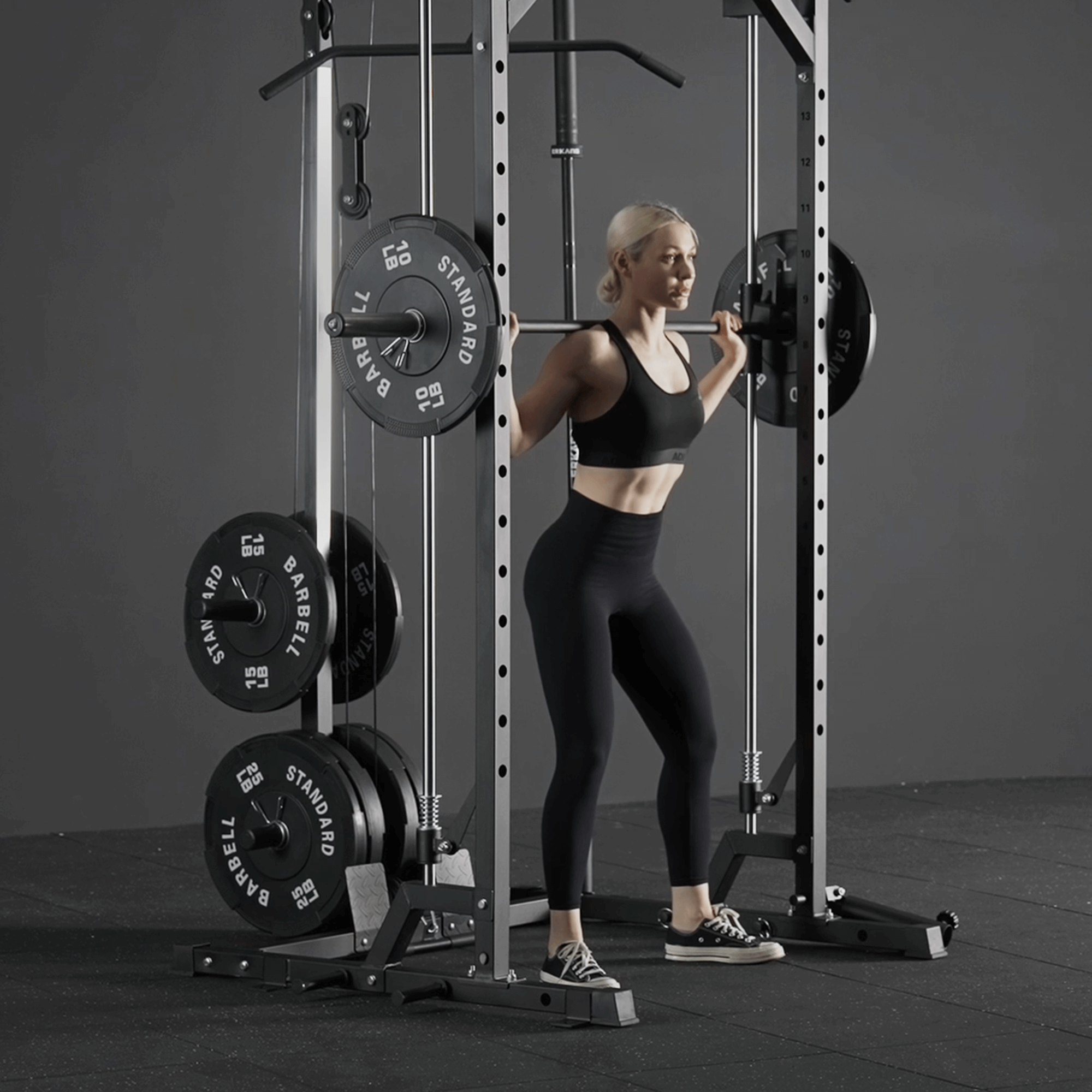
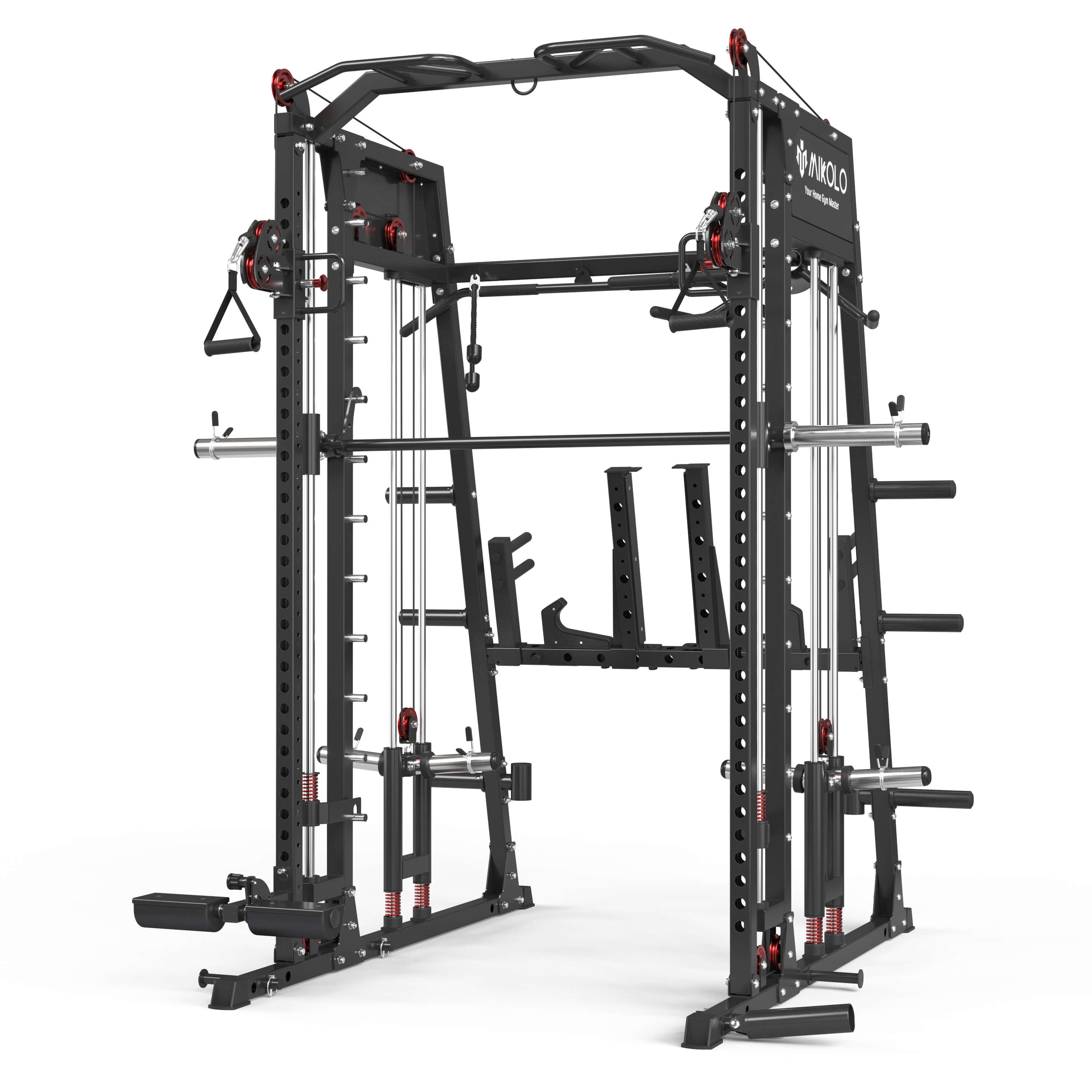

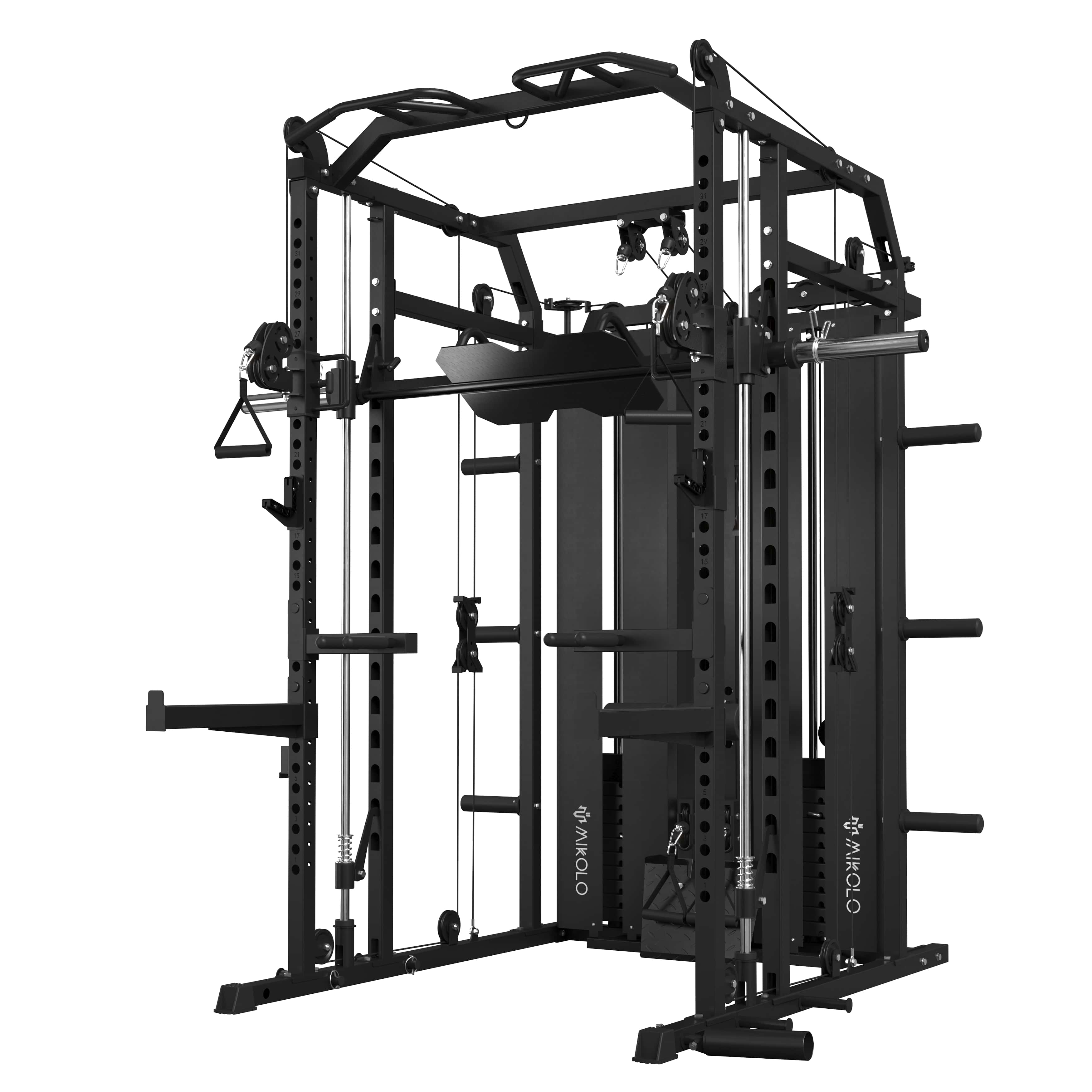
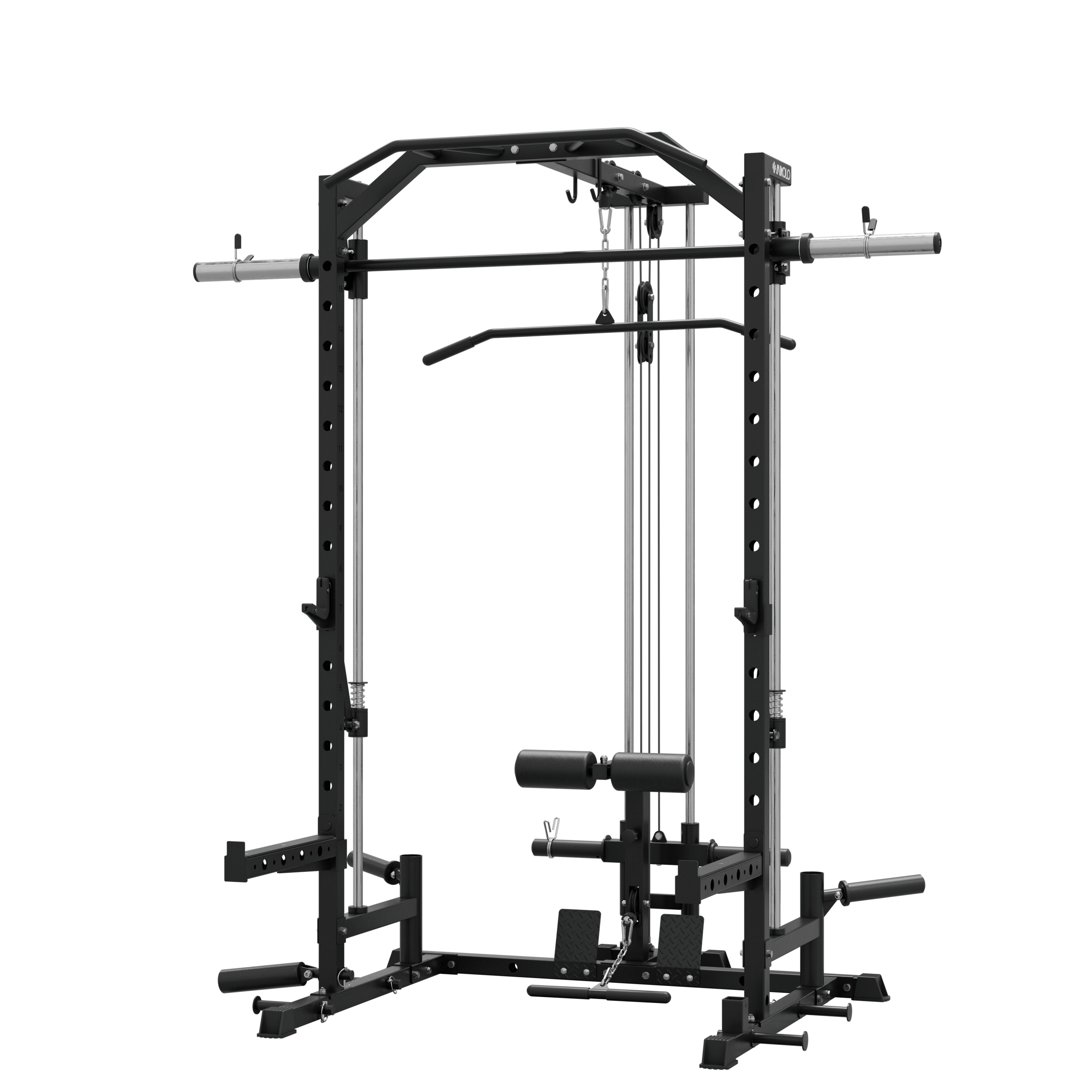
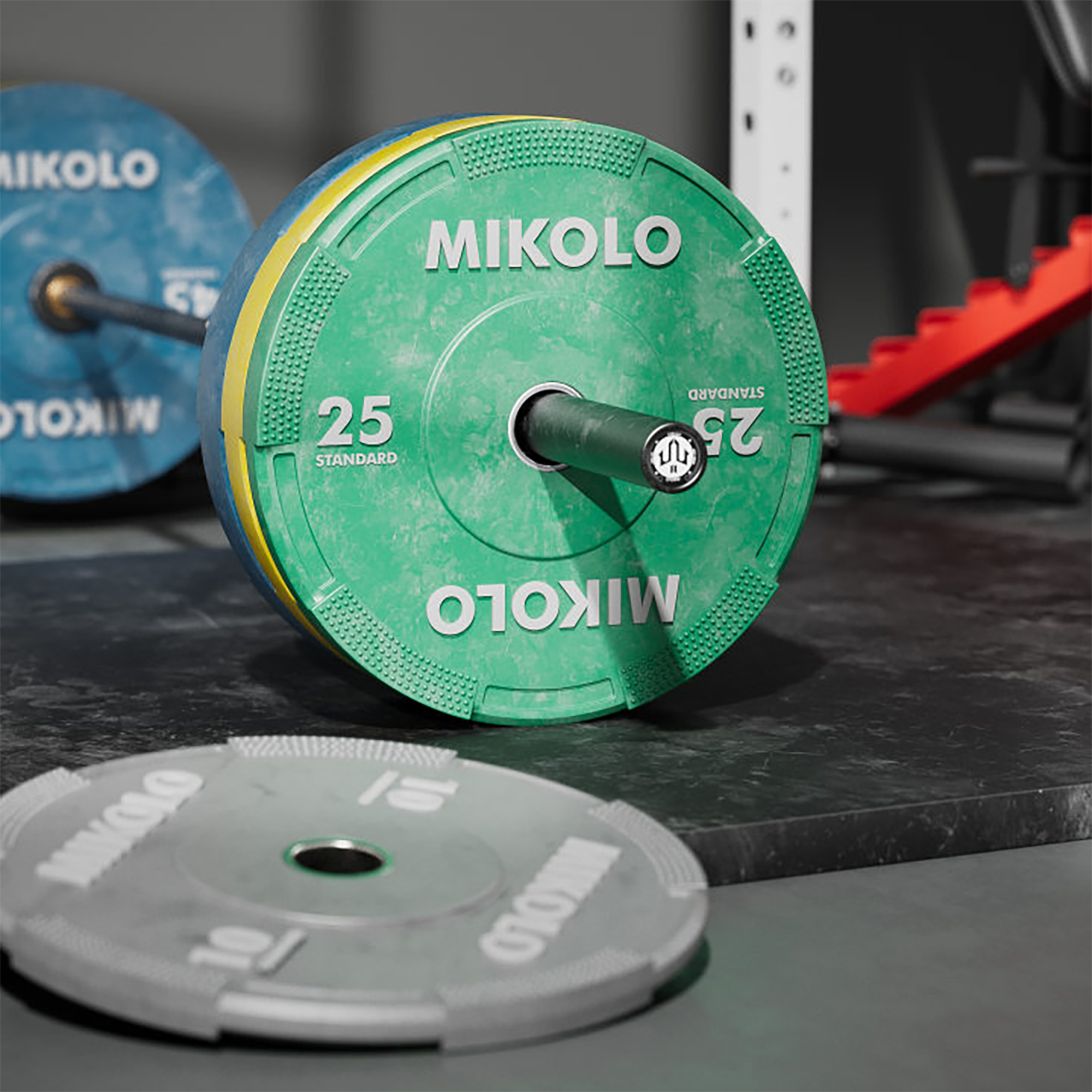
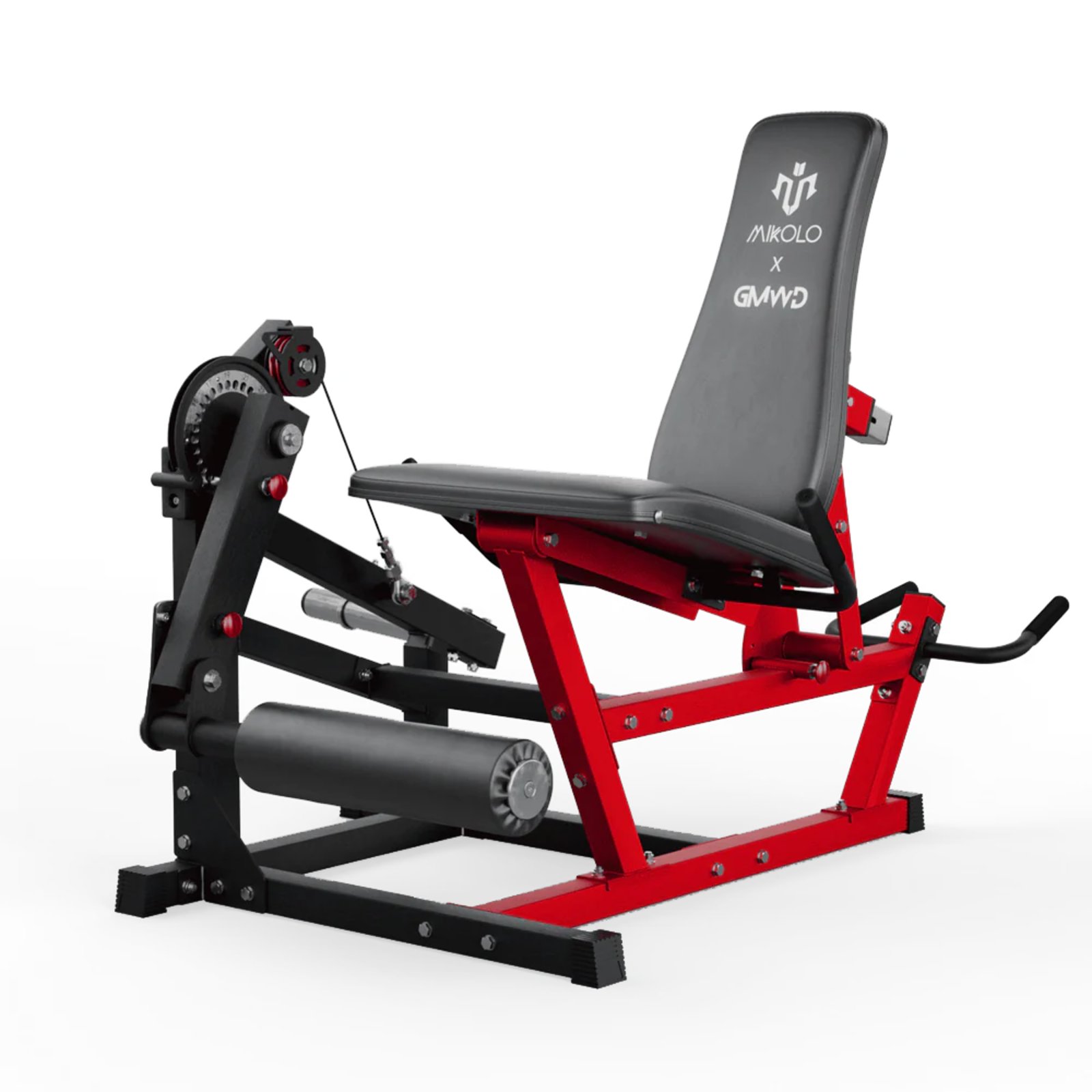
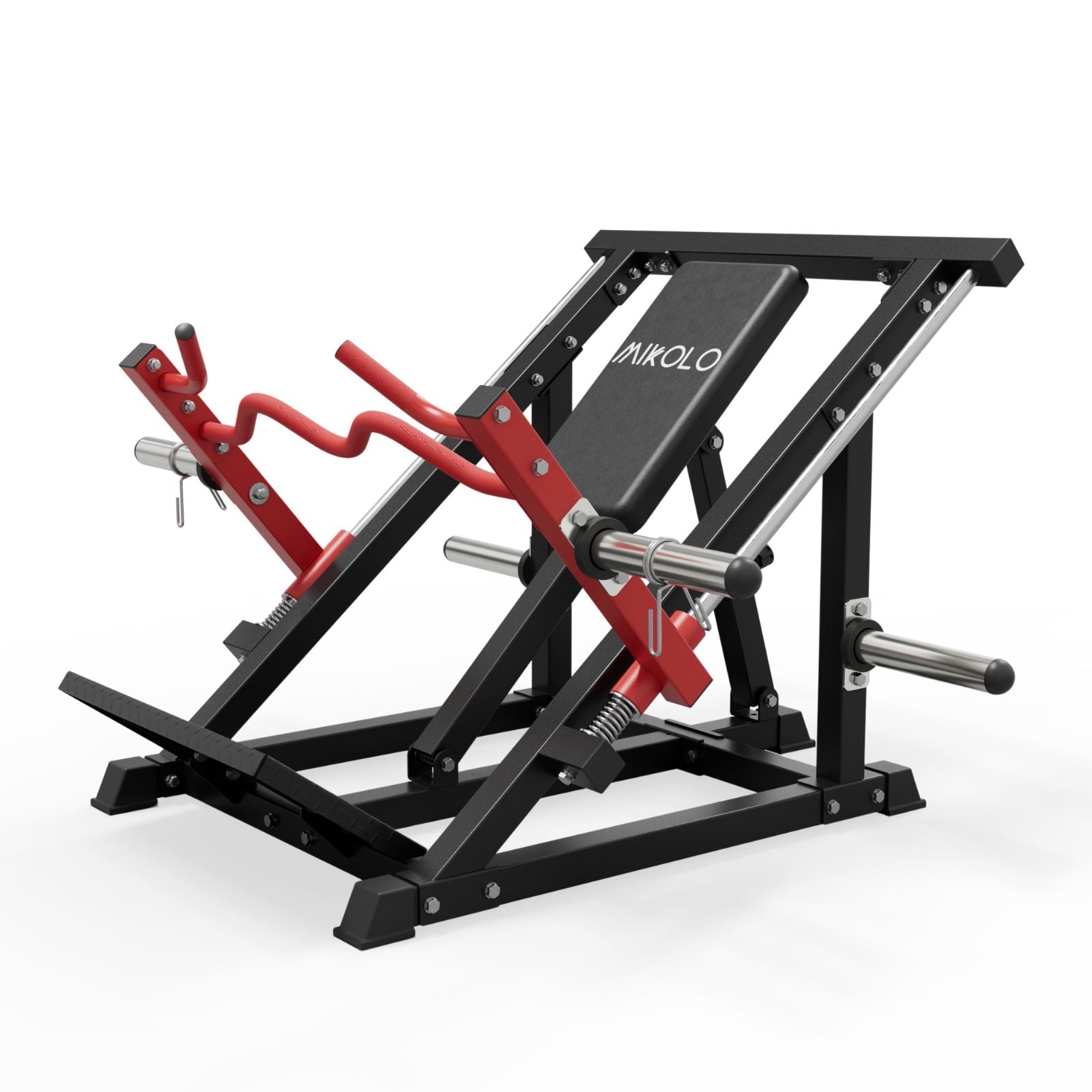
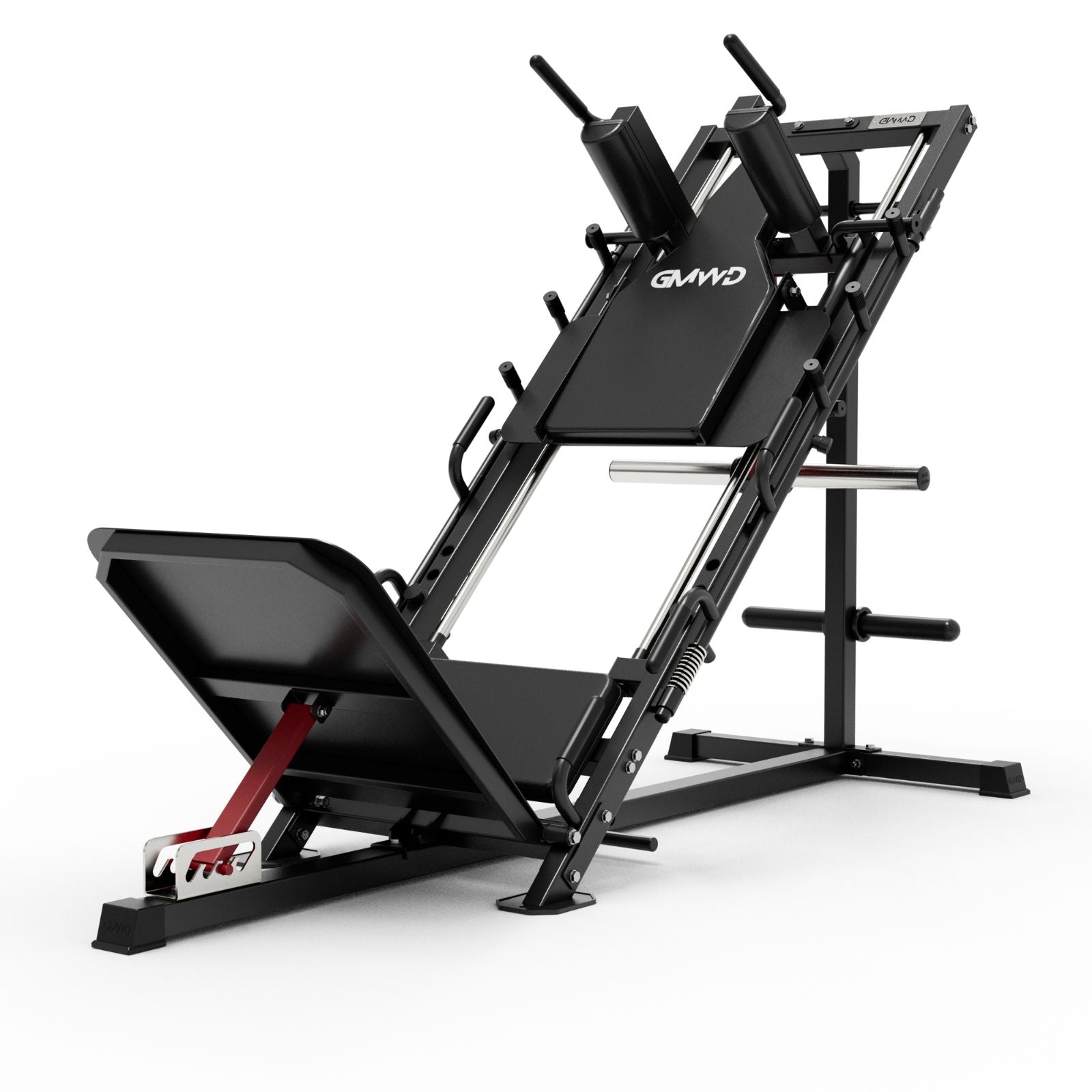
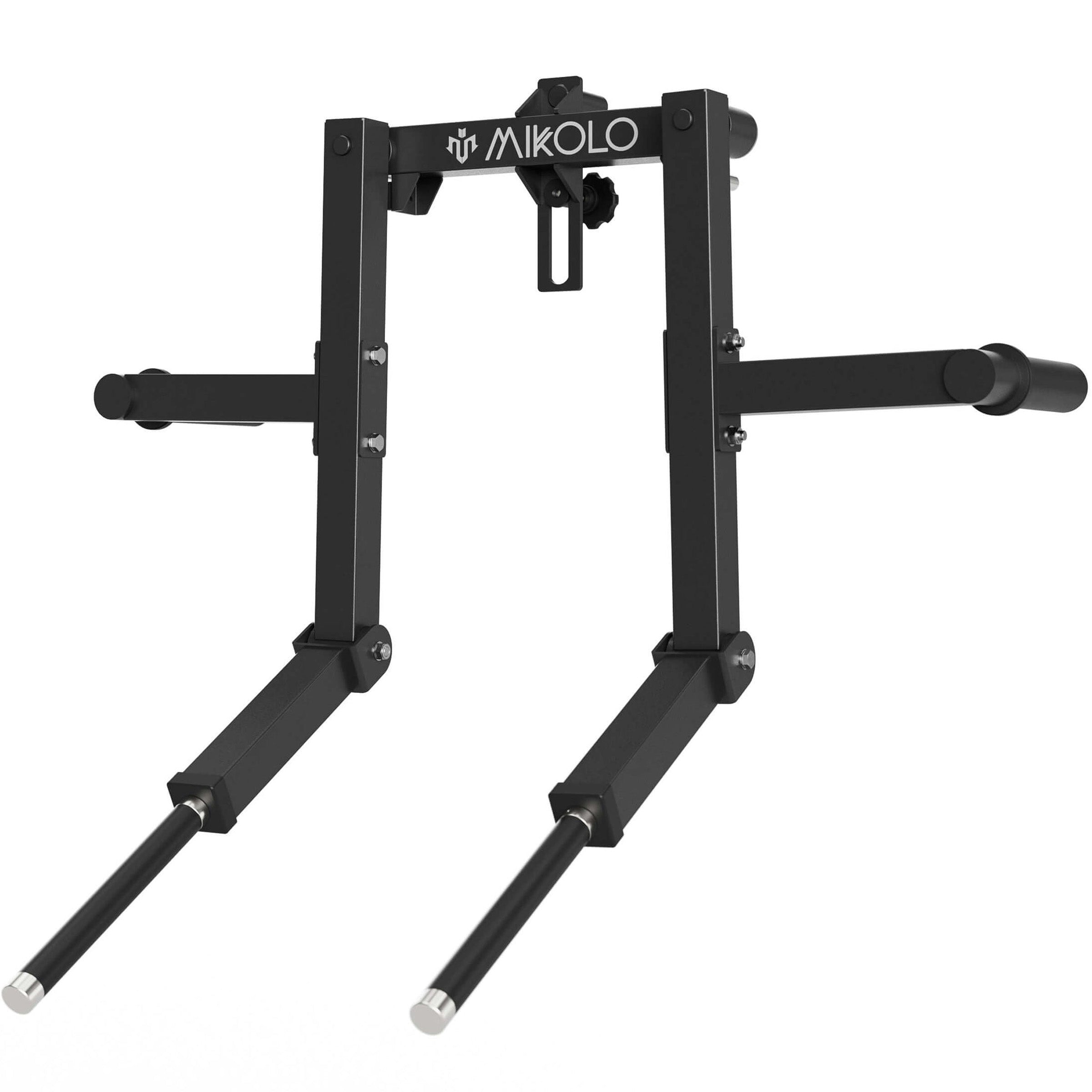
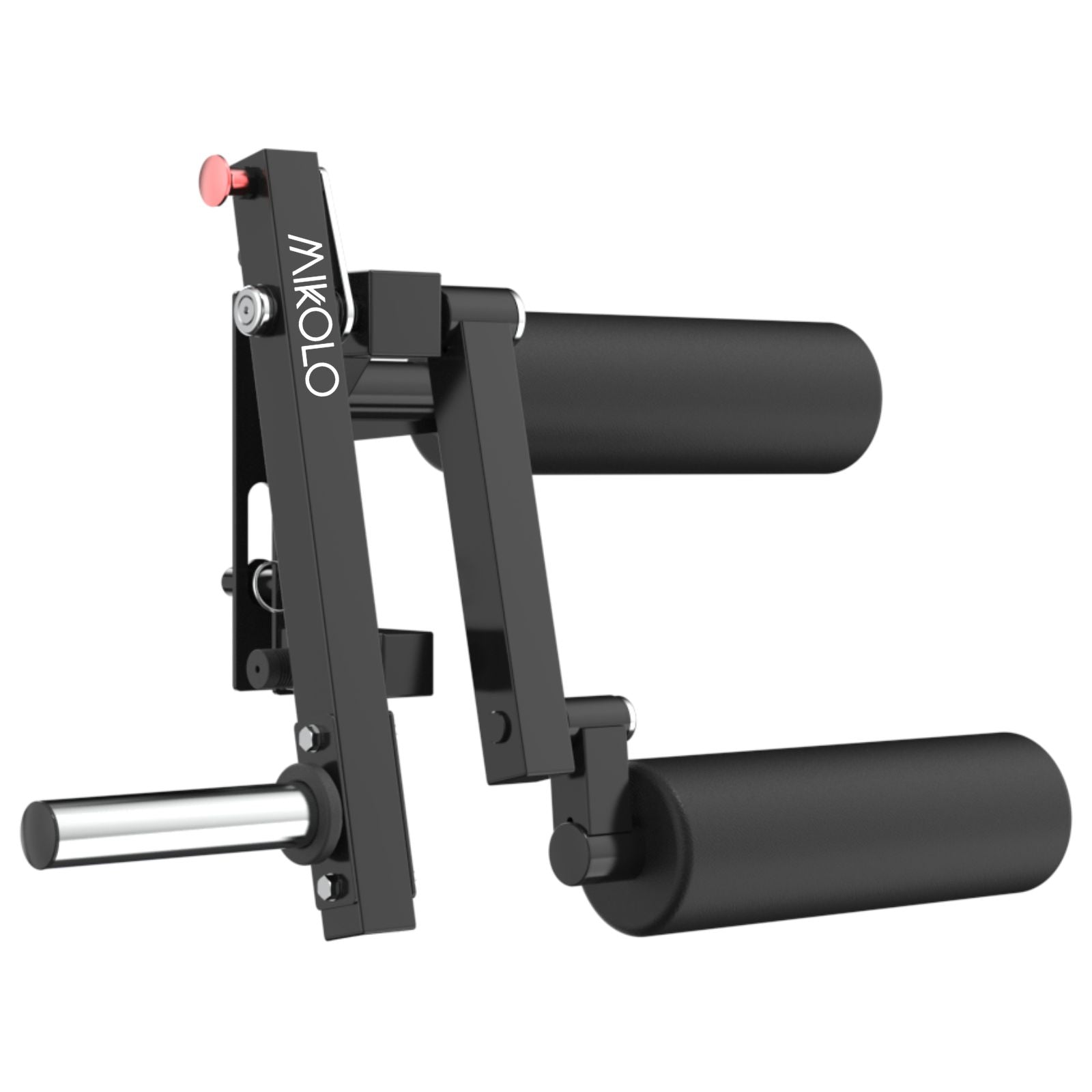
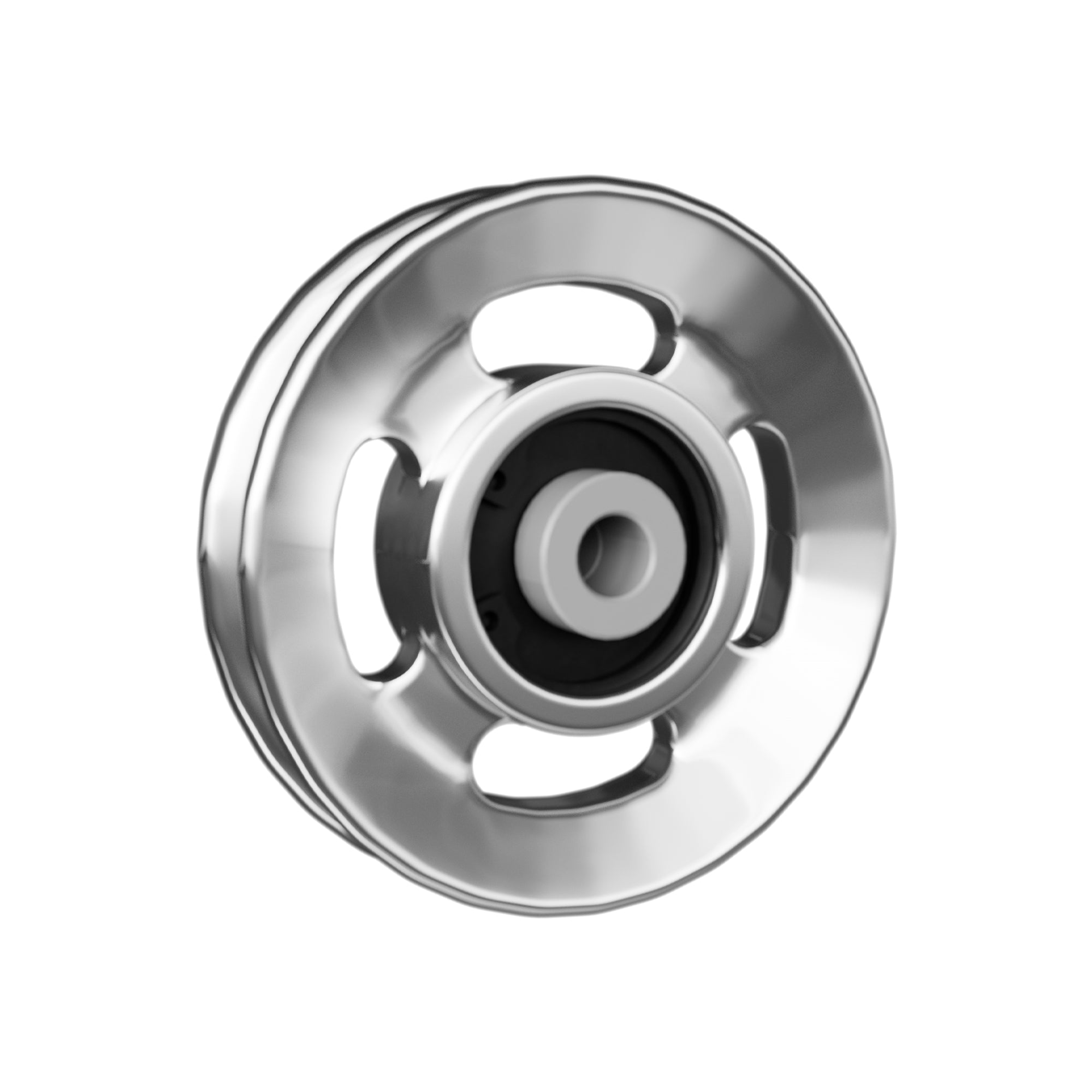
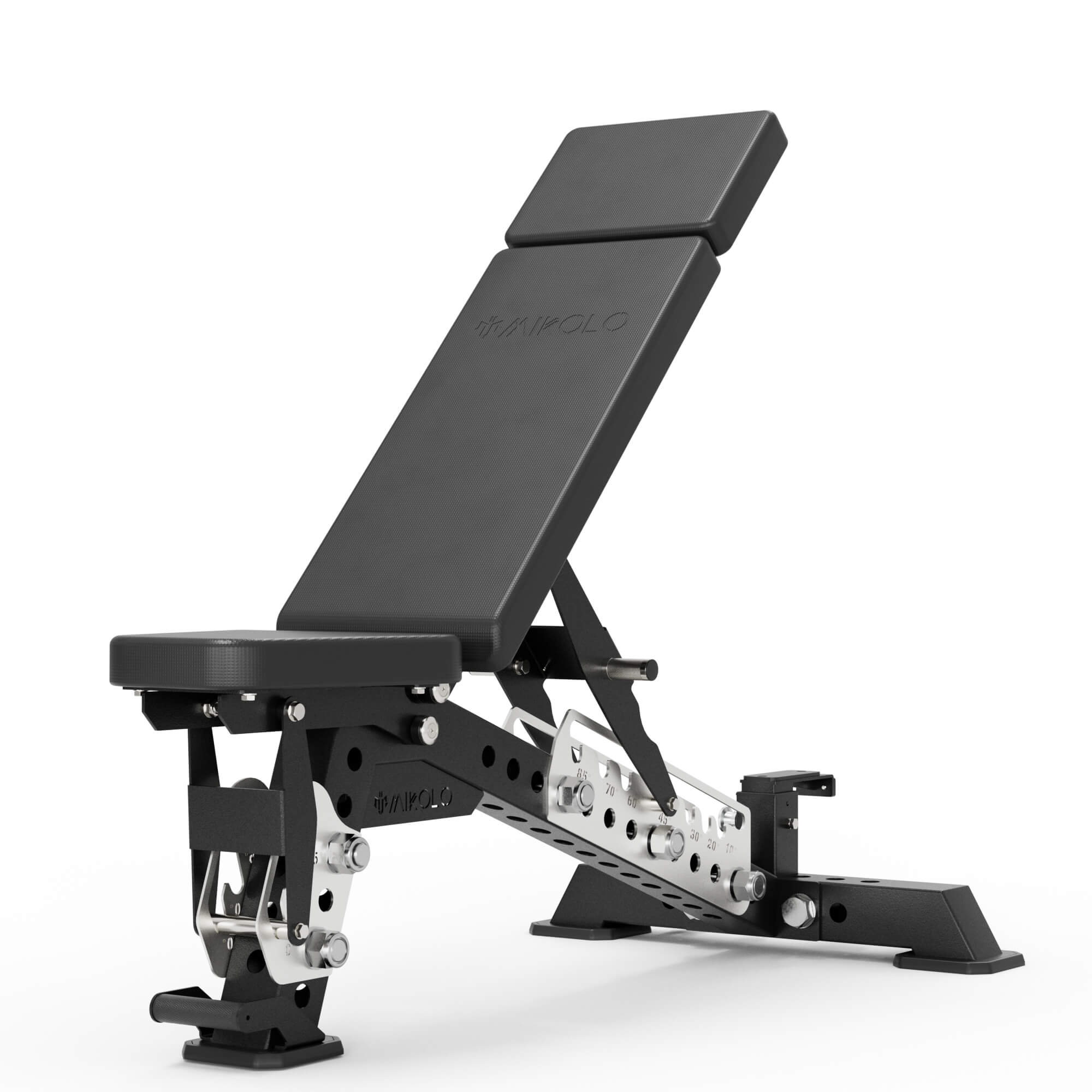
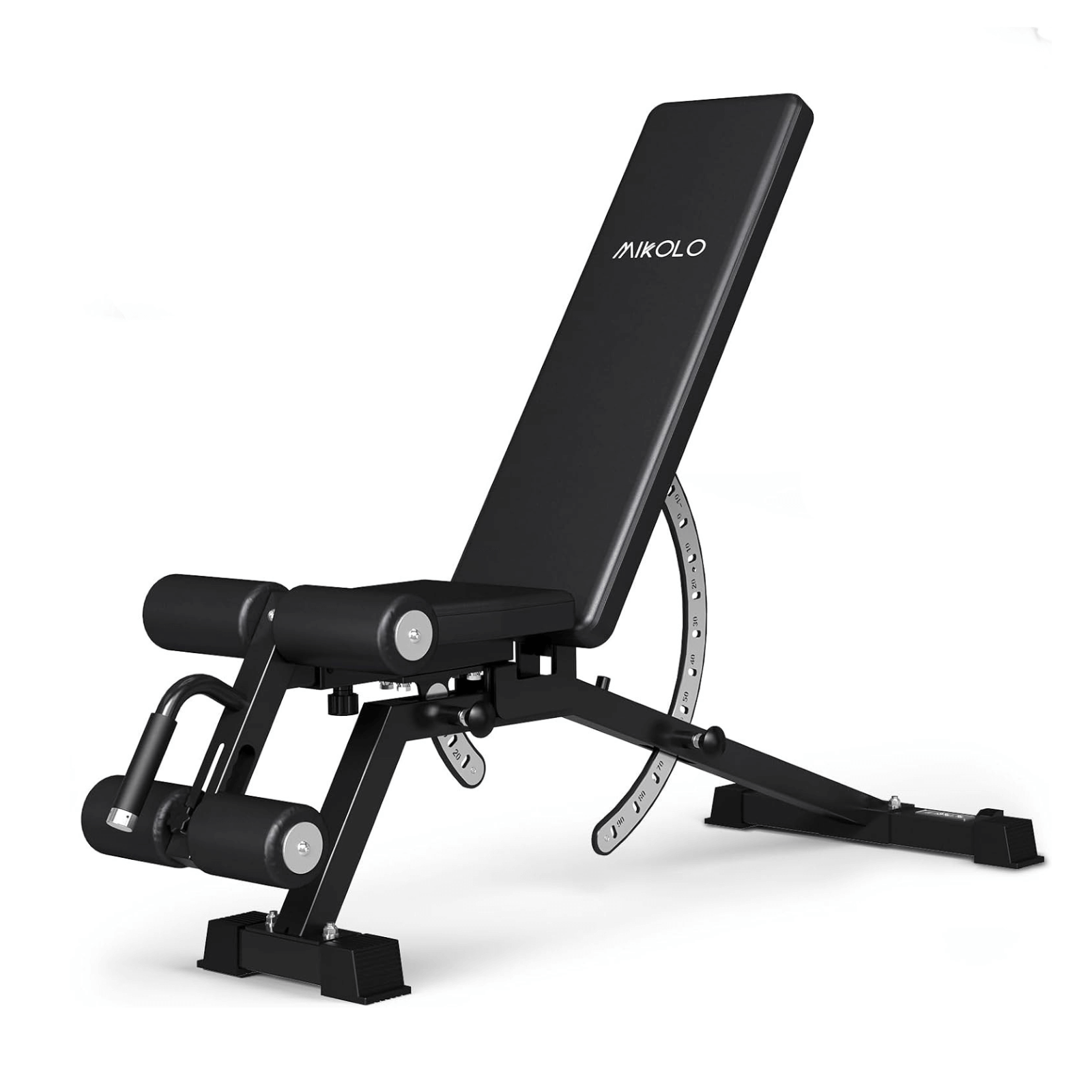
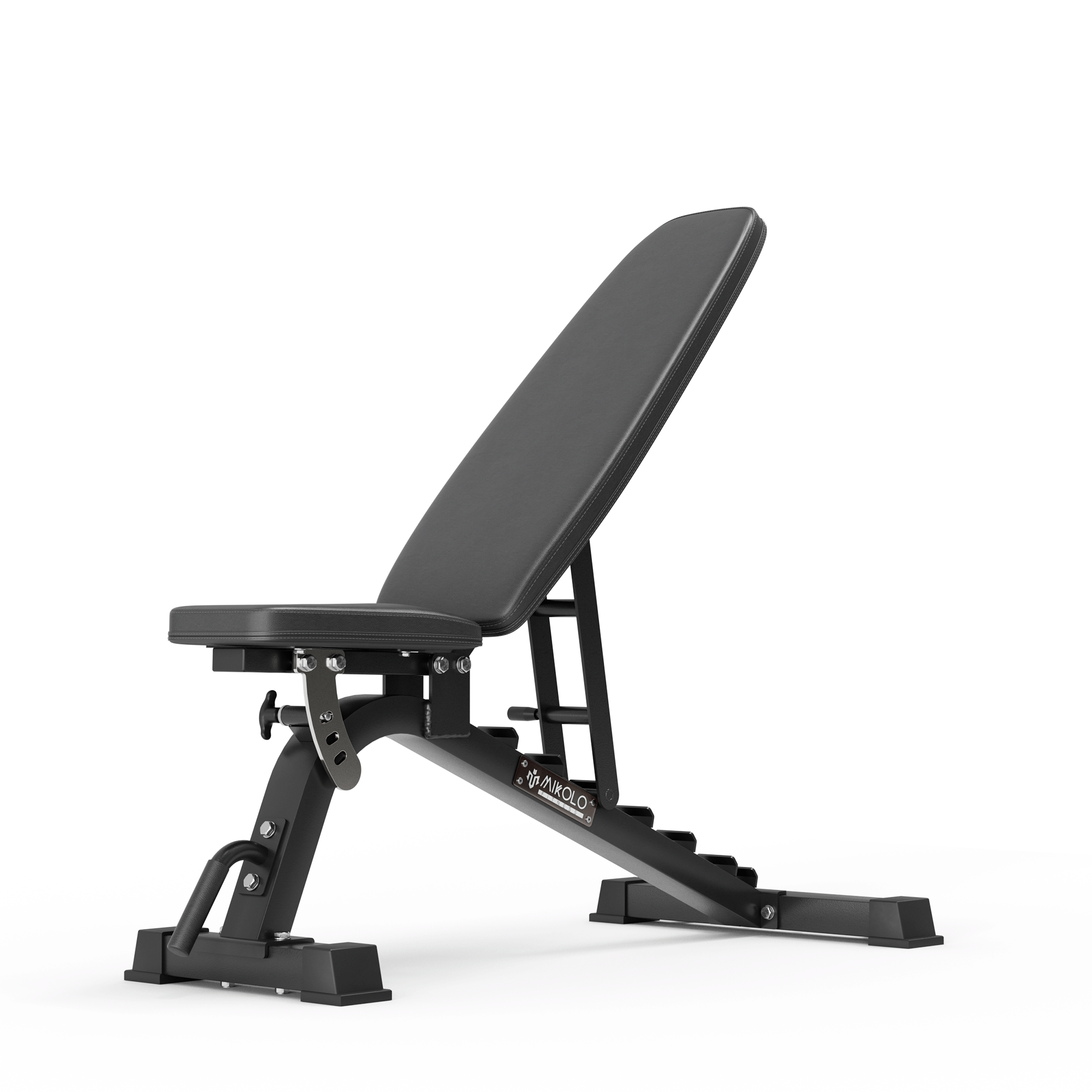
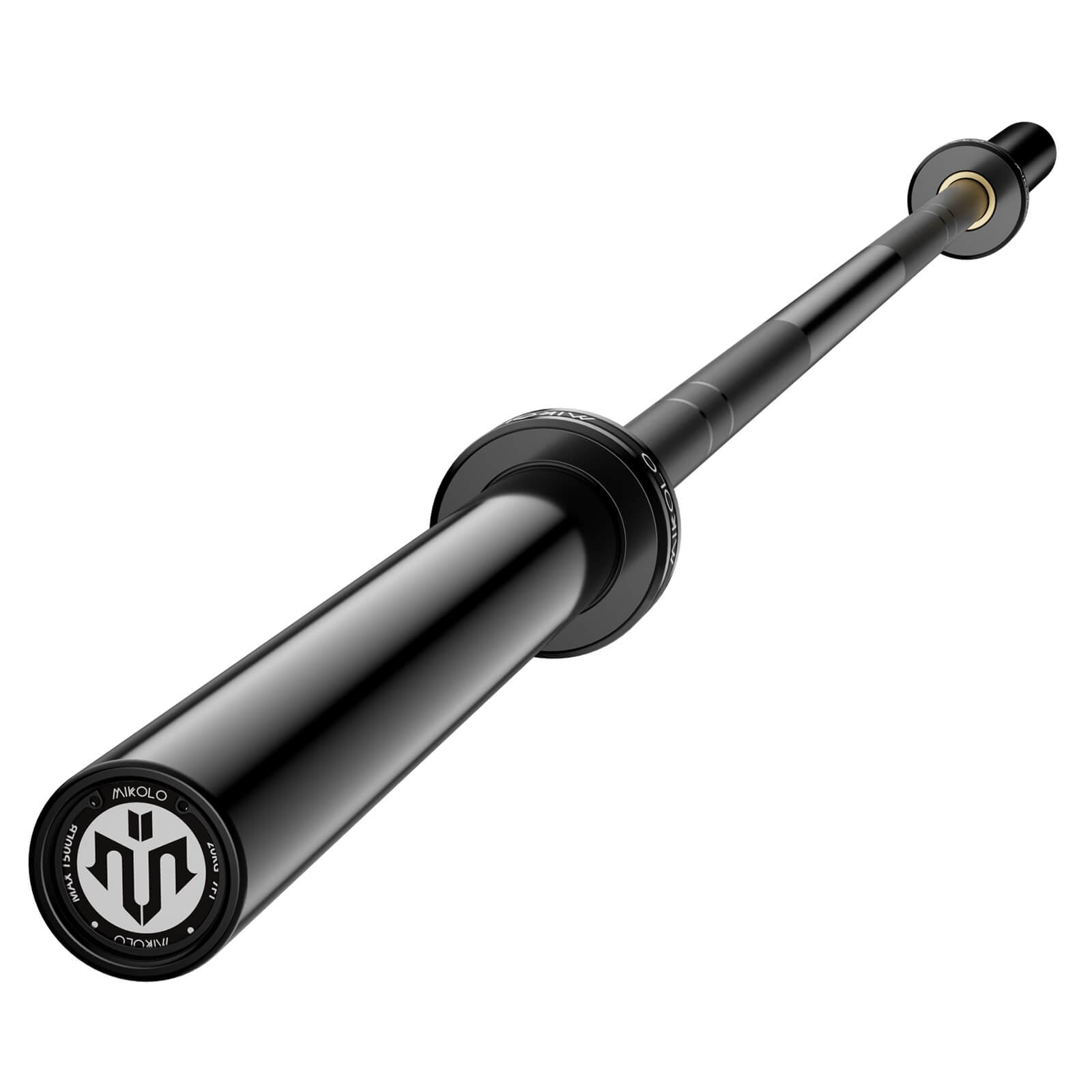
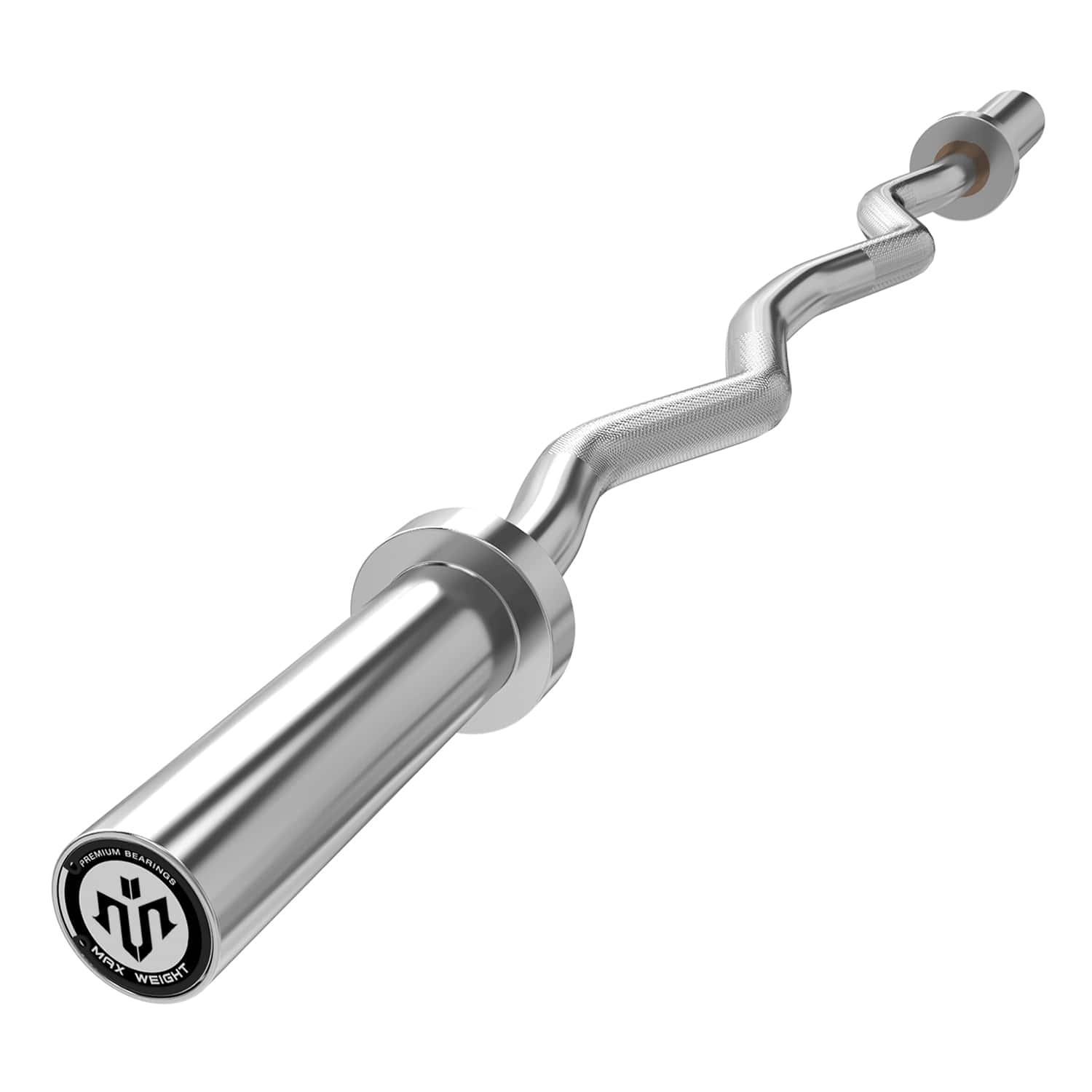
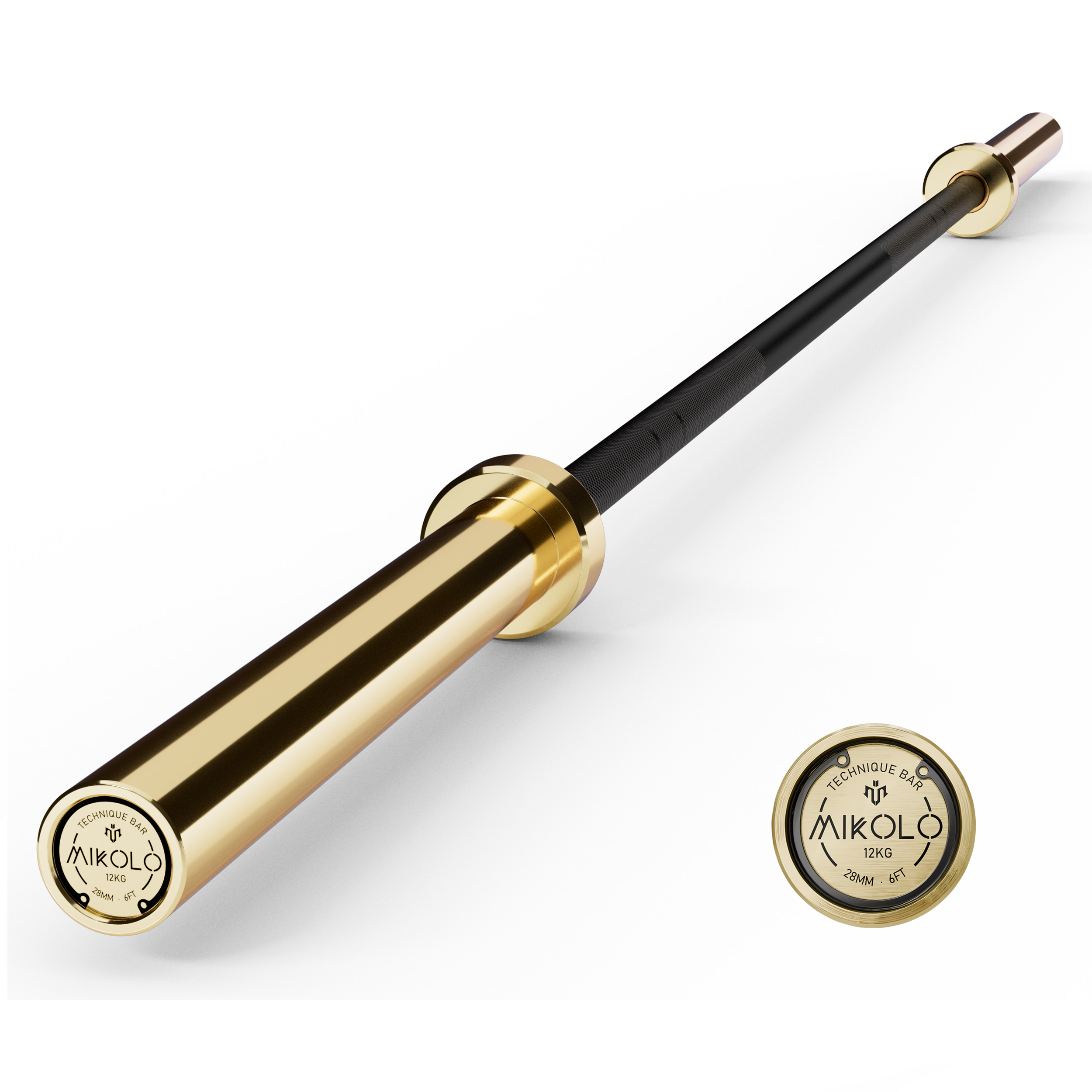
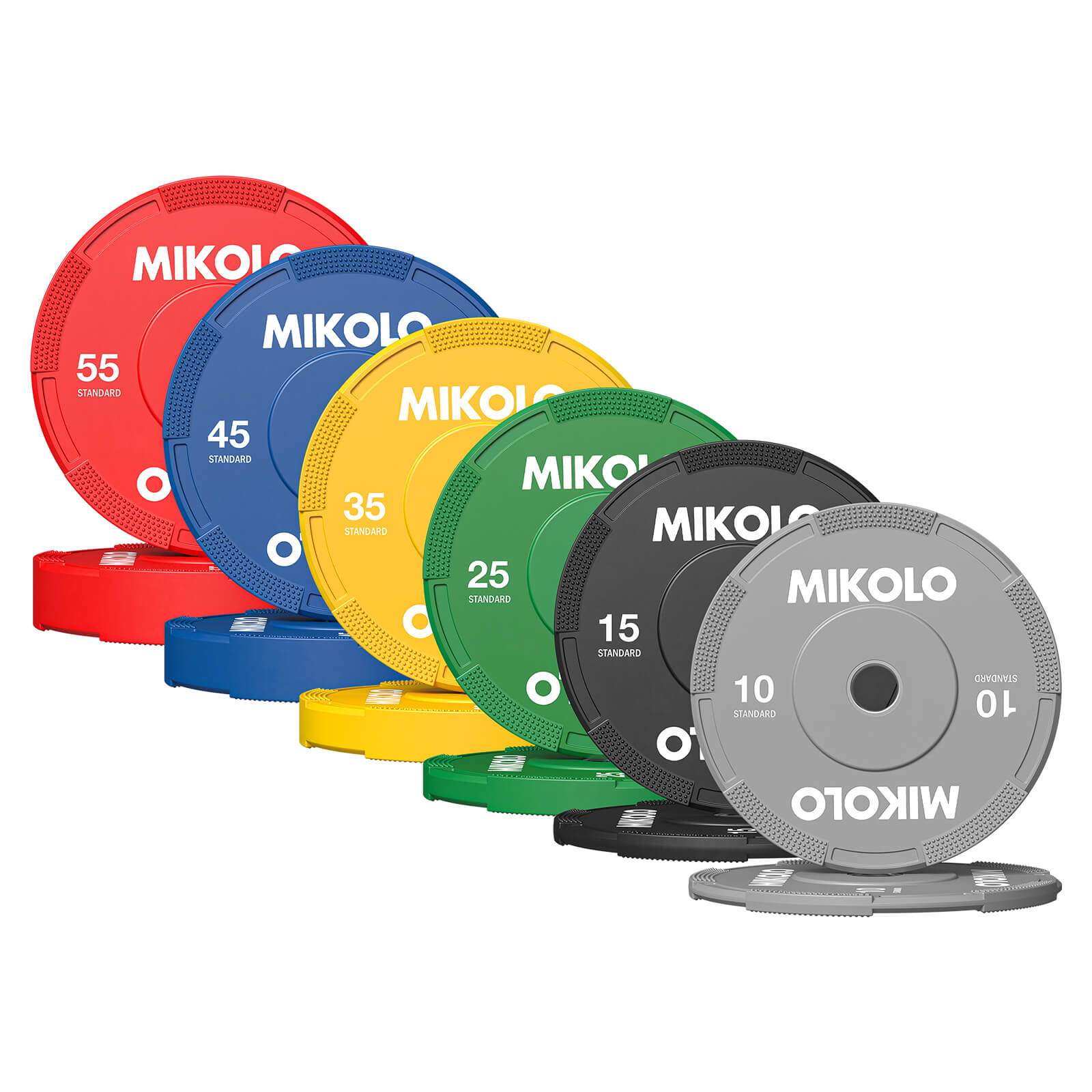
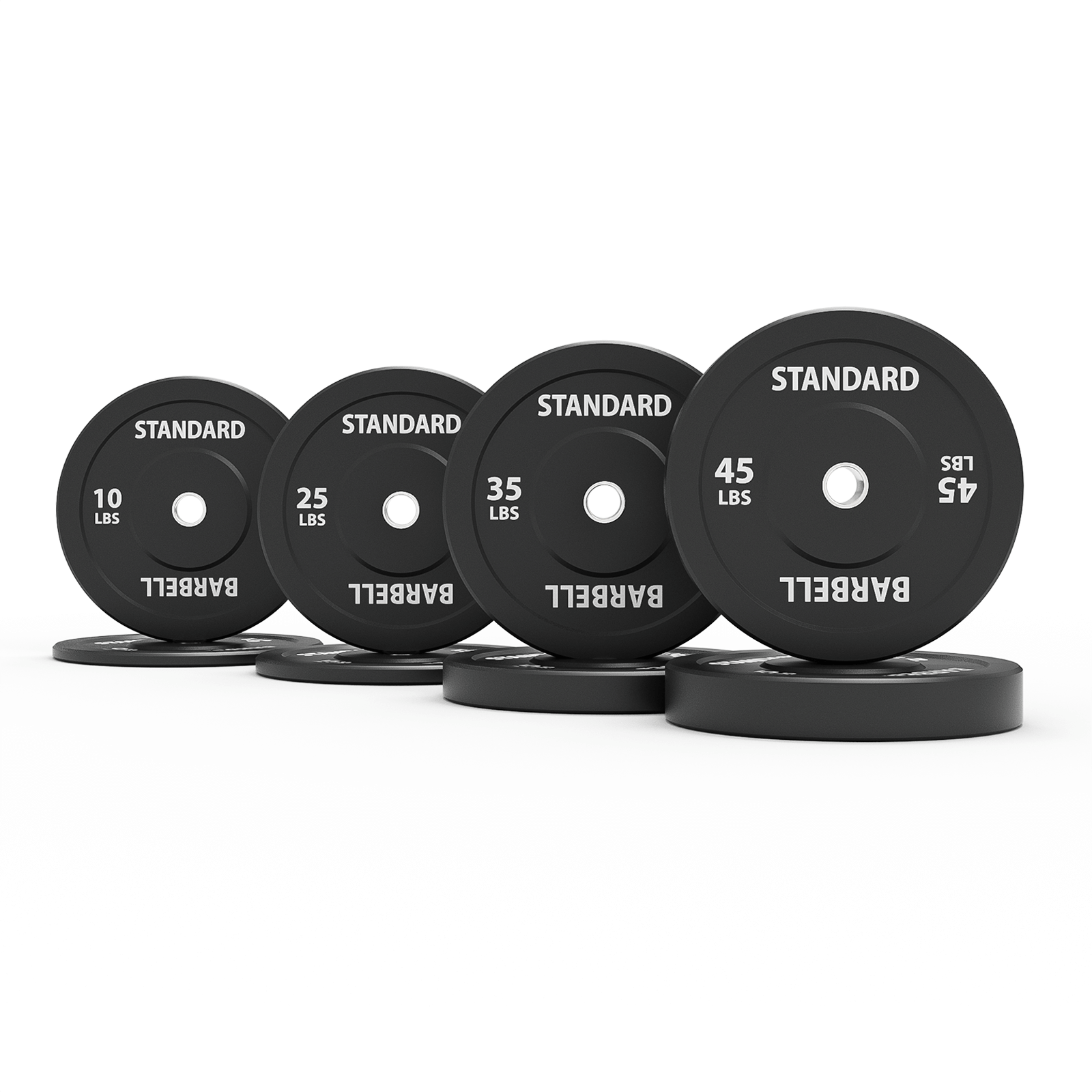
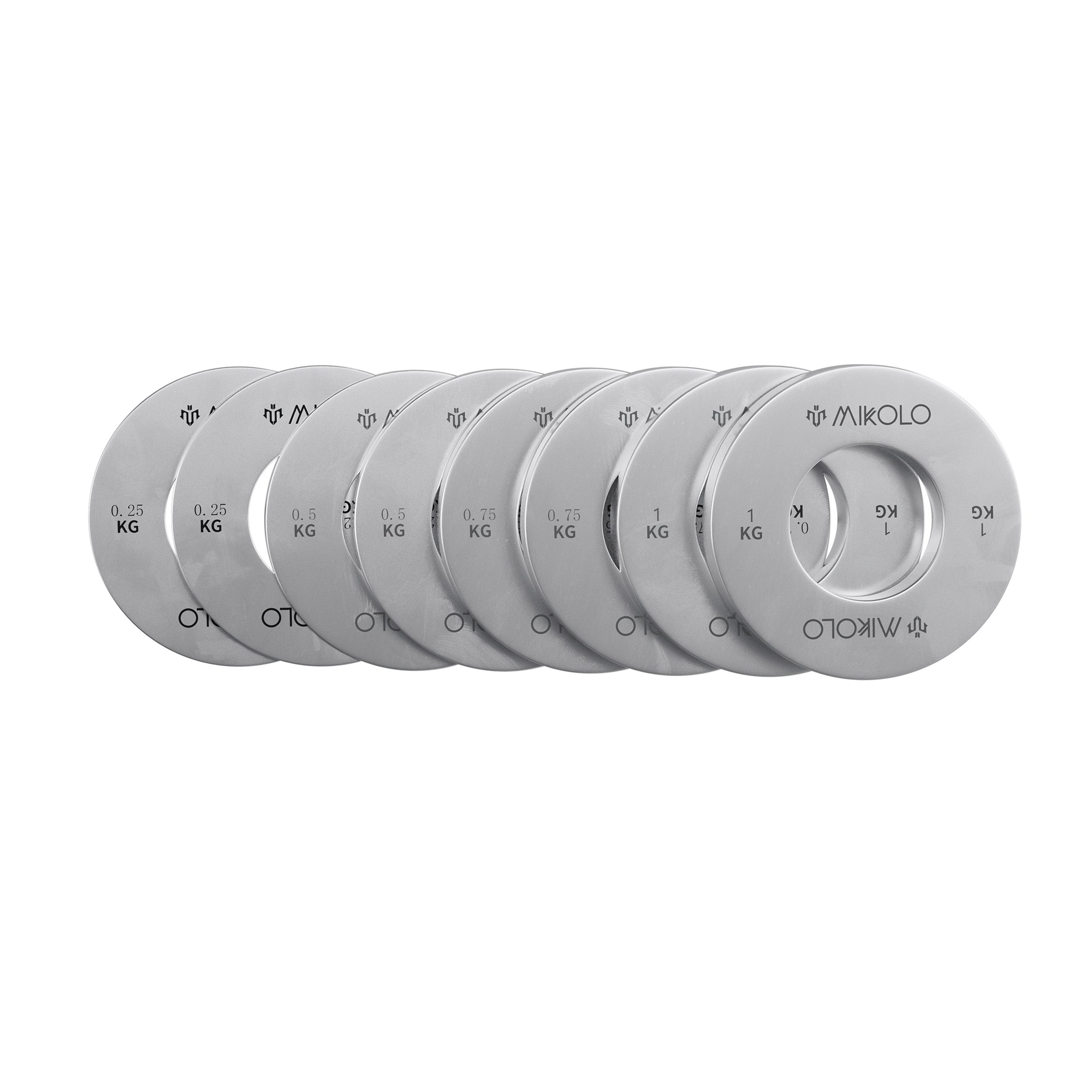


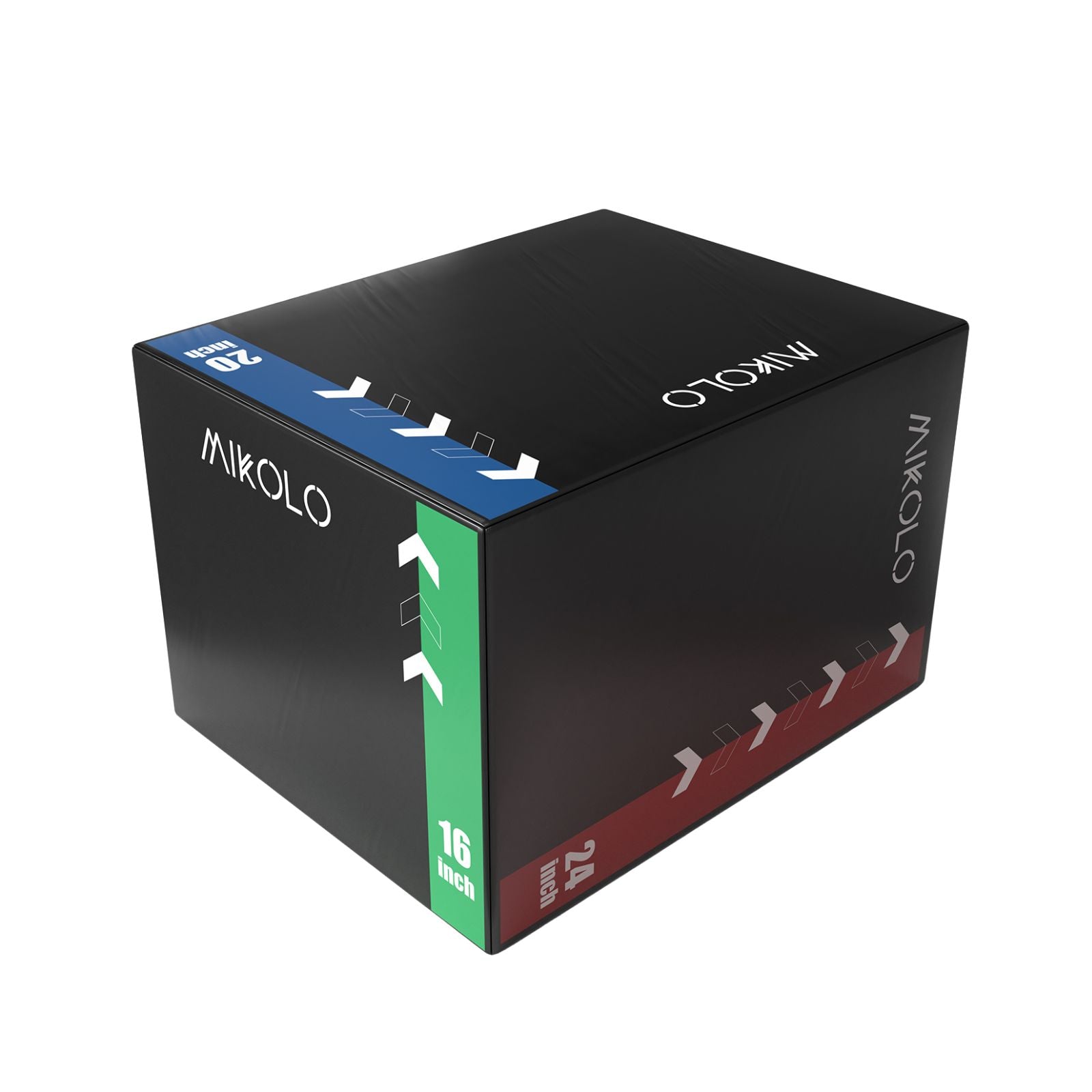
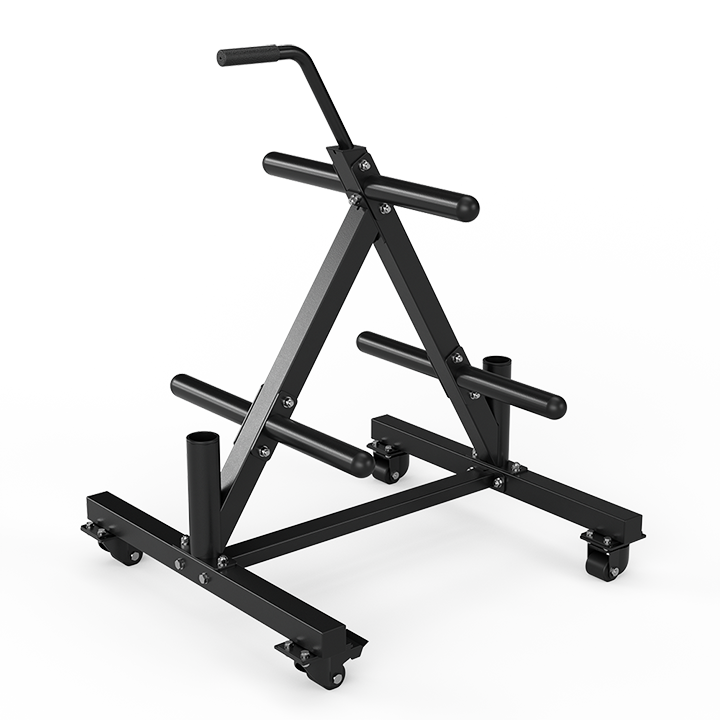
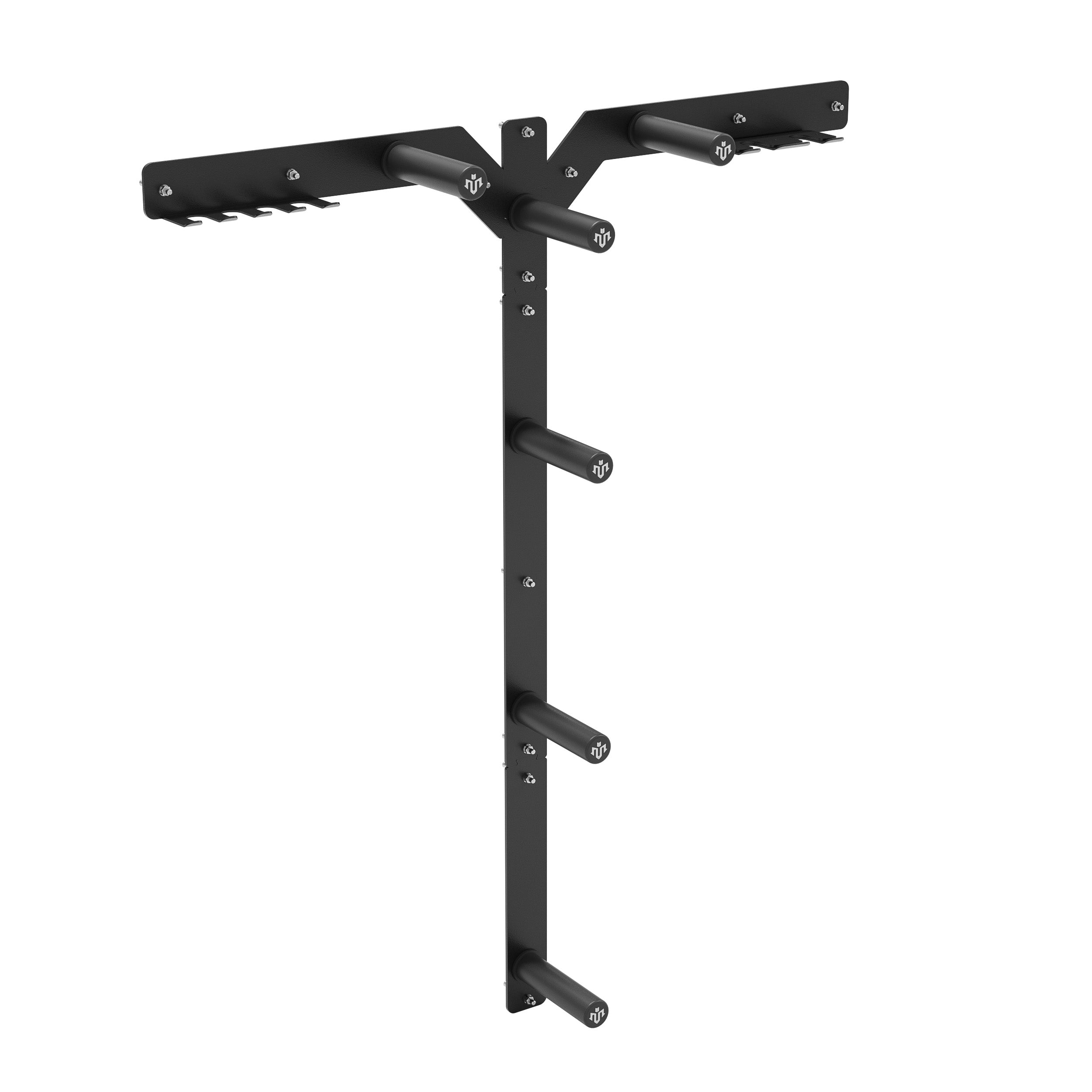
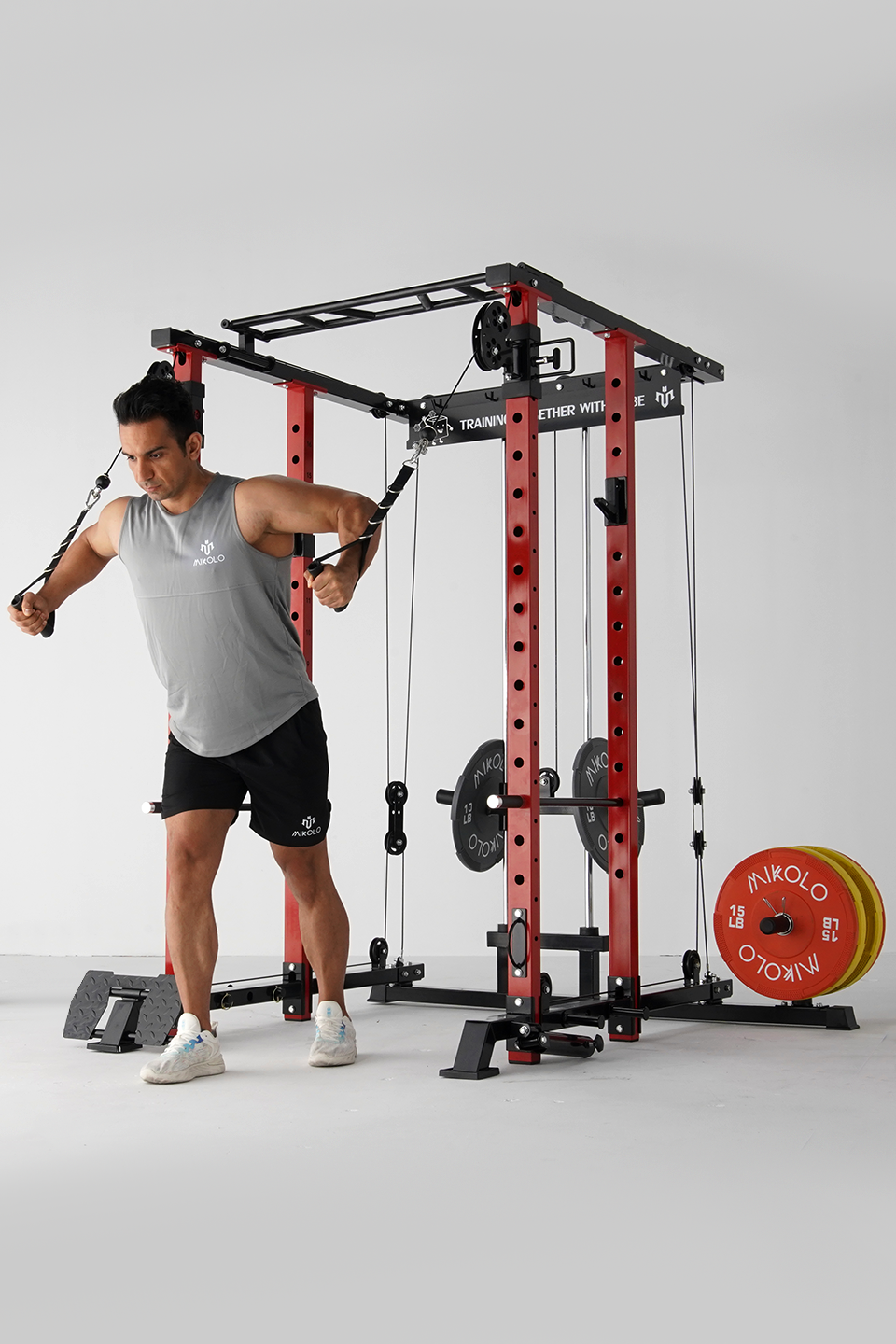



Leave a comment
This site is protected by hCaptcha and the hCaptcha Privacy Policy and Terms of Service apply.